Welcome to Shikoku, Japan’s best-kept secret island nobody talks about – but everyone should be. Translating to ‘four lands,’ Shikoku is the smallest of Japan’s main islands, yet it’s big on beauty and adventure. But don’t expect a bullet train zipping you around the island because Shikoku prides itself on being the most rugged, remote, and refreshingly under-traveled of Japan’s islands. Fewer roads, fewer crowds – more charm.
I first heard of Japan’s Shikoku Island after I had finished the Camino de Santiago pilgrimage and was looking for alternative hikes to the Camino de Santiago in other countries. The Shikoki 88 Temple Pilgrimage was one of the options. When I heard about this multi-month Pilgrimage around an obscure island in Japan hiking from temple to temple – I was immediately intrigued.
Shikoku offers three things I love the most about travel—it is off the beaten path, full of cultural opportunities, and has a fantastic long-distance hiking adventure. I knew Shikoku would be on my itinerary the next time I visited Japan!
Shikoku 88 Temple Pilgrimage
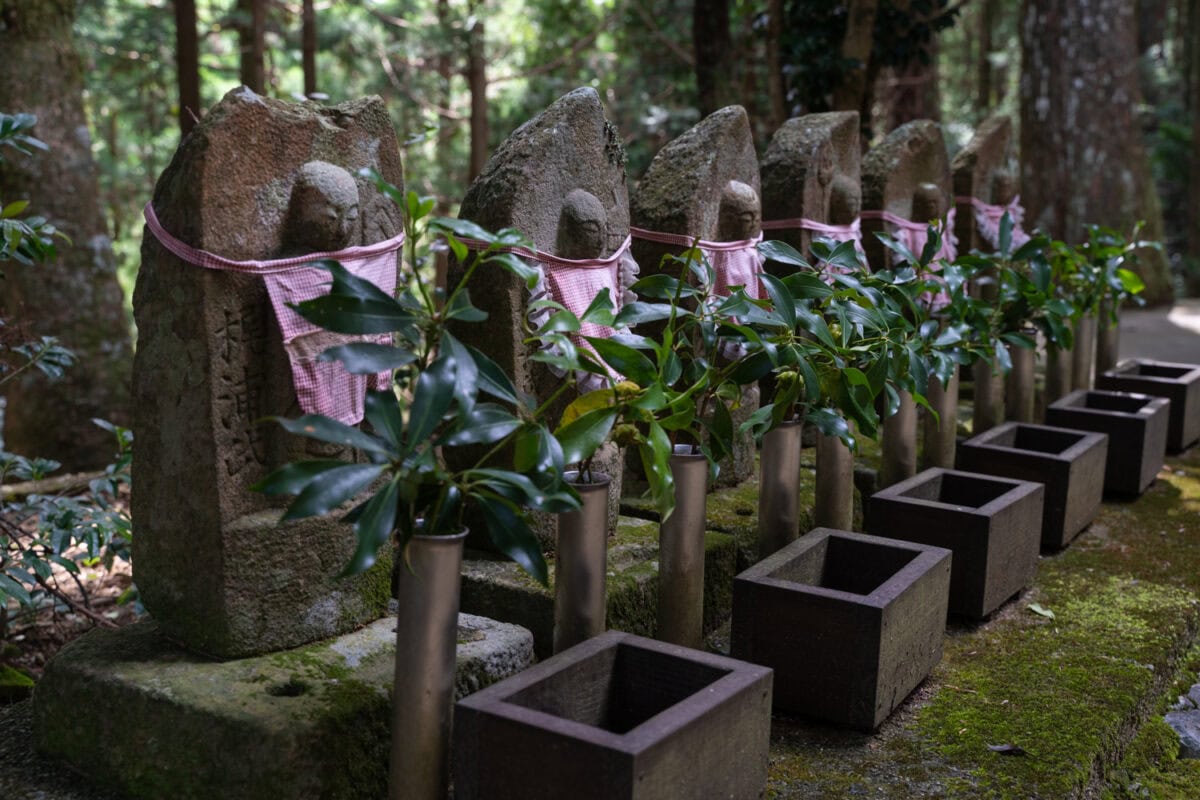

Let’s talk a little about what put Shikoku ‘on the map’ for most adventure travel folks—the 88 Temple Pilgrimage. The 750-mile hike covers diverse landscapes, including mountains, forests, coastal paths, and roads. It is indeed a rugged and challenging experience. It is believed that Kōbō Daishi (akaKūkai), a Buddhist monk who lived during the early Heian period, made this journey initially. Kōbō Daishi is credited with founding the Shingon school of Buddhism and is deeply revered in Japan for his teachings and contributions to Japanese culture.
The route takes you through Shikoku’s 4 prefectures: Tokushima, Kagawa, Ehime, and Kochi. The journey through these four regions is likened to a symbolic path to enlightenment, with temples 1–23 representing the idea of awakening, 24–39 austerity and discipline, 40–65 attaining enlightenment, and 66–88 entering nirvana. This progression mimics Buddha’s path to enlightenment.
However, like the Camino de Santiago pilgrimage, you don’t have to be spiritual or Buddhist to hike the trail. Anyone can do it for any reason. I wanted to hike it to immerse myself in Japan’s culture, eat fabulous food, experience the kindness of strangers, and see beautiful landscapes.
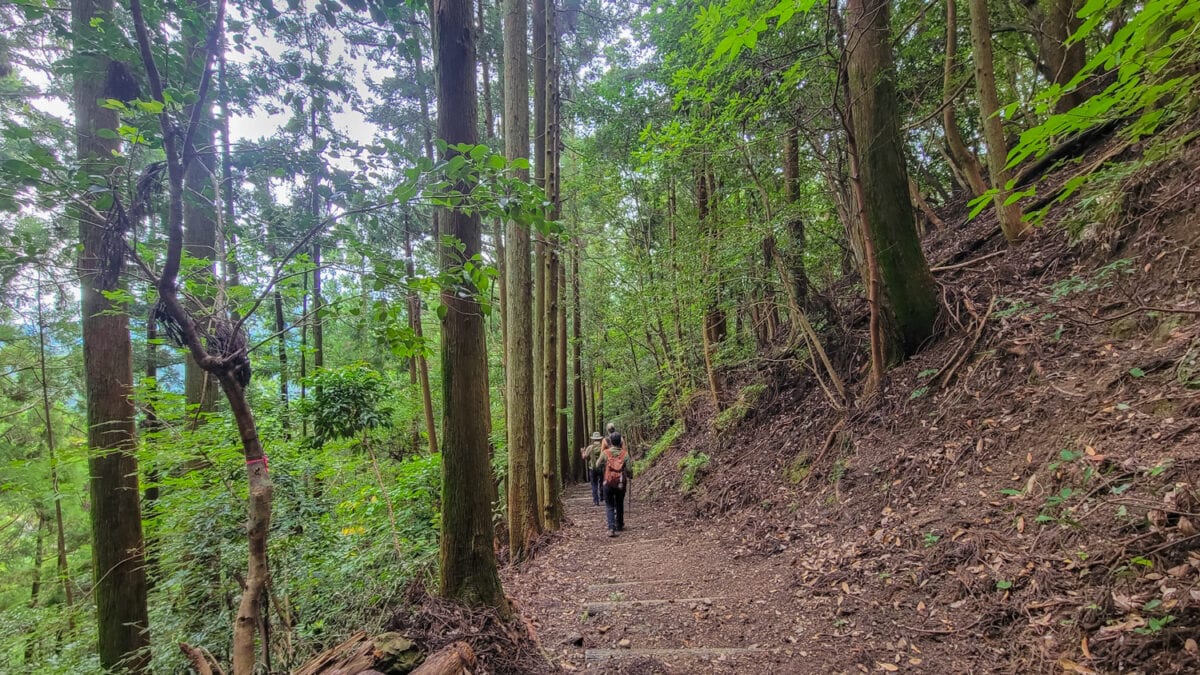

Strangely, I could never carve out two months of time to hike the entire route, but it still remained on my travel wish list. Instead, I hiked the Kumano Kodo in Japan—another pilgrimage that only took five days—much easier to fit into my busy travel schedule.
How to Experience the Shikoku 88 Temple Pilgrimage
There’s more than one way to tackle the Shikoku 88 Temple Pilgrimage! Whether you’re hoofing it the old-school way, cruising along on a bike, or taking the modern approach by car, the choice is yours. I was surprised when I bumped into some Japanese pilgrims at one temple, and they casually mentioned they were doing the whole thing by car. But guess what? That’s actually pretty common! Most Japanese pilgrims opt for the car route, while 80% of the brave souls walking the entire 750 miles are, in fact, foreigners. So whether you’re chasing enlightenment on foot or just road-tripping your way through, Shikoku’s got options for every kind of pilgrim.
How you can experience the best of the Shikoku 88 Temple Hike
If you also don’t have 2 months to set aside and hike the entire route, you can do the ‘best of’ hikes of the Pilgrimage. Oku Japan offers several self-guided options for you to choose from. I also have a discount code you can use if you book with them!
When you book on their website, input the code OTTSWORLD5 in the notes and special requests field, and they will apply a 5% discount to any of their trips.
Learn more about the hike
Iya Valley
Shikoku Island isn’t just about the 88 Temple hike—enter the Iya Valley, Japan’s answer to time travel. Tucked deep in the mountains, this remote slice of paradise is so off the beaten path that even GPS might struggle. Expect jaw-dropping natural beauty, narrow river gorges, ancient vine bridges, and hot springs so relaxing that you’ll forget what century you’re in. It’s like stepping 100 years back in time—until your stomach reminds you you’re on a winding road that feels like a rollercoaster! The Iya Valley is notorious for its twisty, turny roads, so pack your sense of adventure (and maybe some Dramamine)!
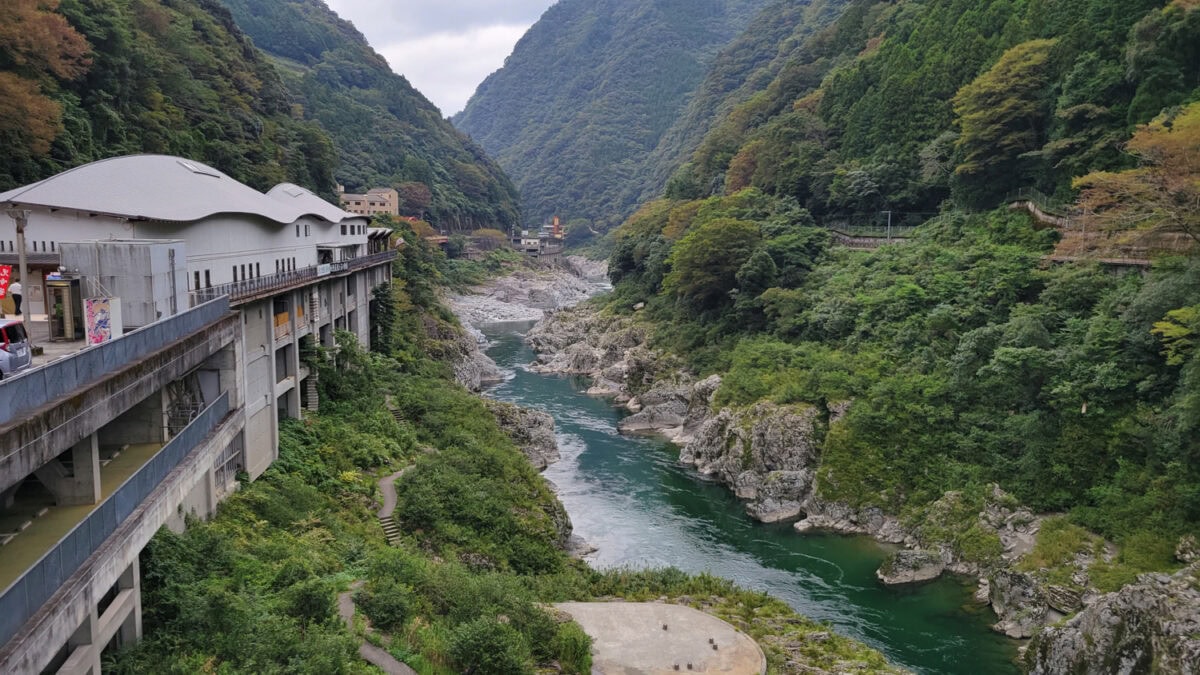

The valley’s inaccessibility led to its use as a hideaway in the late 12th century for members of the Heike clan. After being defeated, they reportedly fled to Iya Valley, which paved the way for the first samurai government in Kamakura, near Tokyo.
There are several highlights to see and experience in the Iya Valley, so be sure to plan one to two days there to take in all the beauty…and a little quirkiness!
Read 8 Places to Get Off the Beaten Path in Japan
Don’t Miss These 10 Experiences in Shikoku
If you aren’t ready to commit to a 60-day hike, you can still visit Shikoku and fill your itinerary with a mix of unique experiences. This is how I visited the island. With Oku Japan’s expertise, I organized a multi-day tour to see the best of Shikoku, including some of the 88 Temple hikes, the Iya Valley, and other special cultural experiences that you can only find on Shikoku Island. Here’s what I recommend.
1. Visit Temple 1 Ryozen-ji
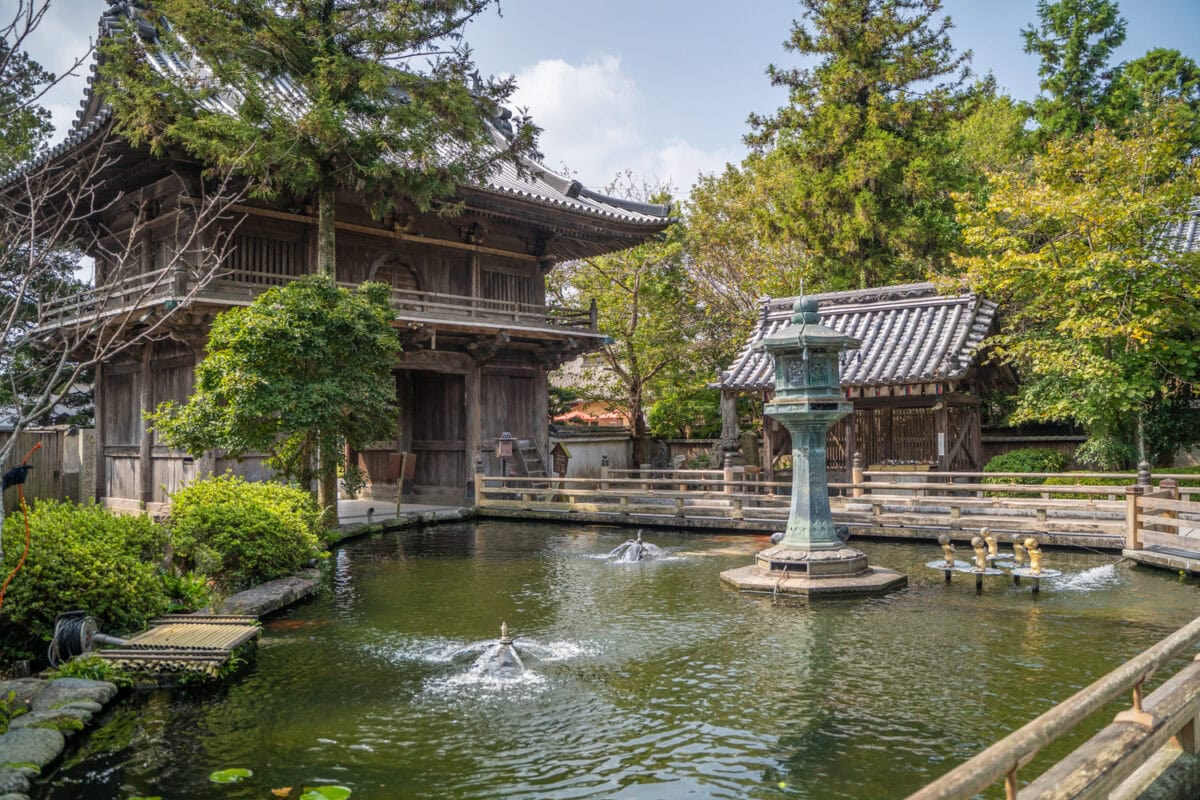

Even if you aren’t a hiker, I suggest you still learn about the 88 Temple Pilgrimage by going to the beginning temple, Ryozen-ji. Here, you can learn more about the culture and spirituality behind the hike and enjoy a tranquil temple experience. Plus – you’ll see several pilgrims starting off on their journey. This is where they gather their traditional pilgrim clothing, walking stick, and goshuin book to collect temple ‘stamps’ along the way.
2. Get Your Hands Dirty and Try Indigo Dying
The province of Awa is a region with a centuries-old history of indigo cultivation and dyeing. Tokushima’s feudal lord, Hachisuka Iemasa, protected and encouraged indigo dye production, which led to Tokushima’s indigo dyeing flourishing and becoming known throughout Japan and the world.
You’ll have the opportunity to get ‘hands-on’ and learn all about the traditional dying method known as honaizome dyeing, which has been passed down since the Edo period. It uses natural lye fermentation and is incredible to see…and smell!
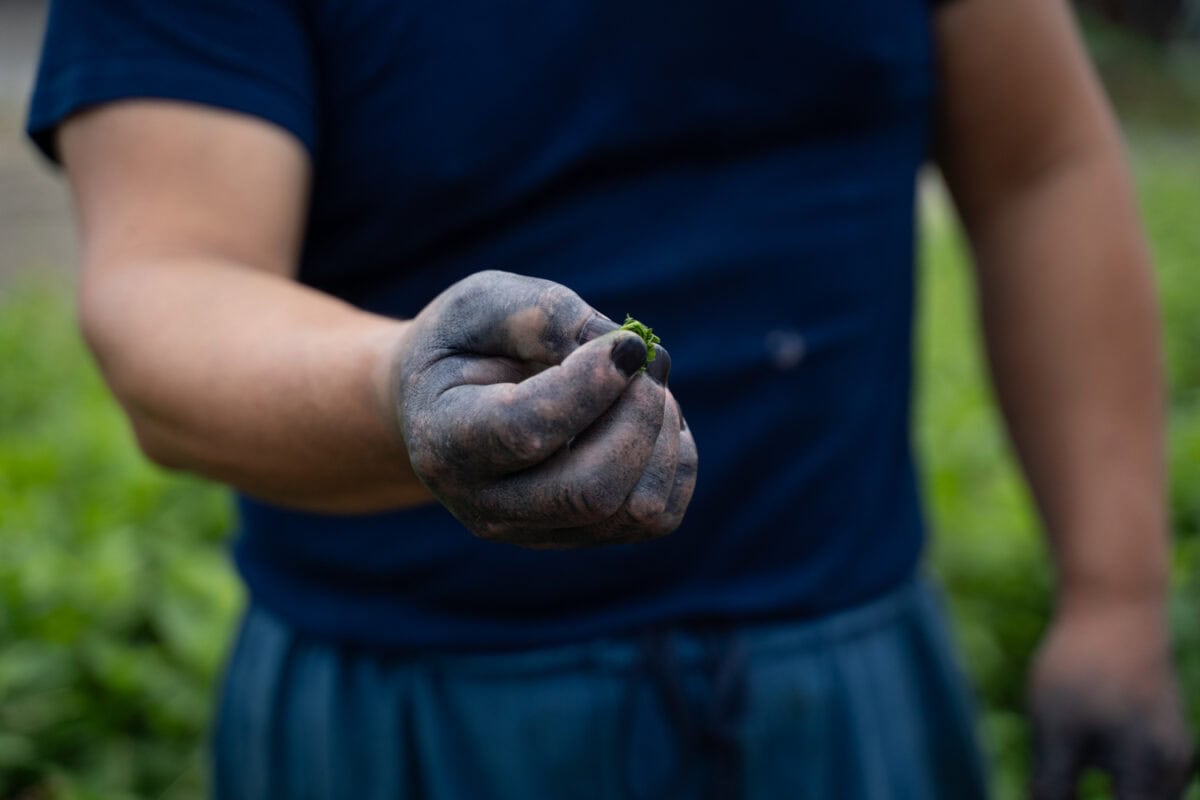

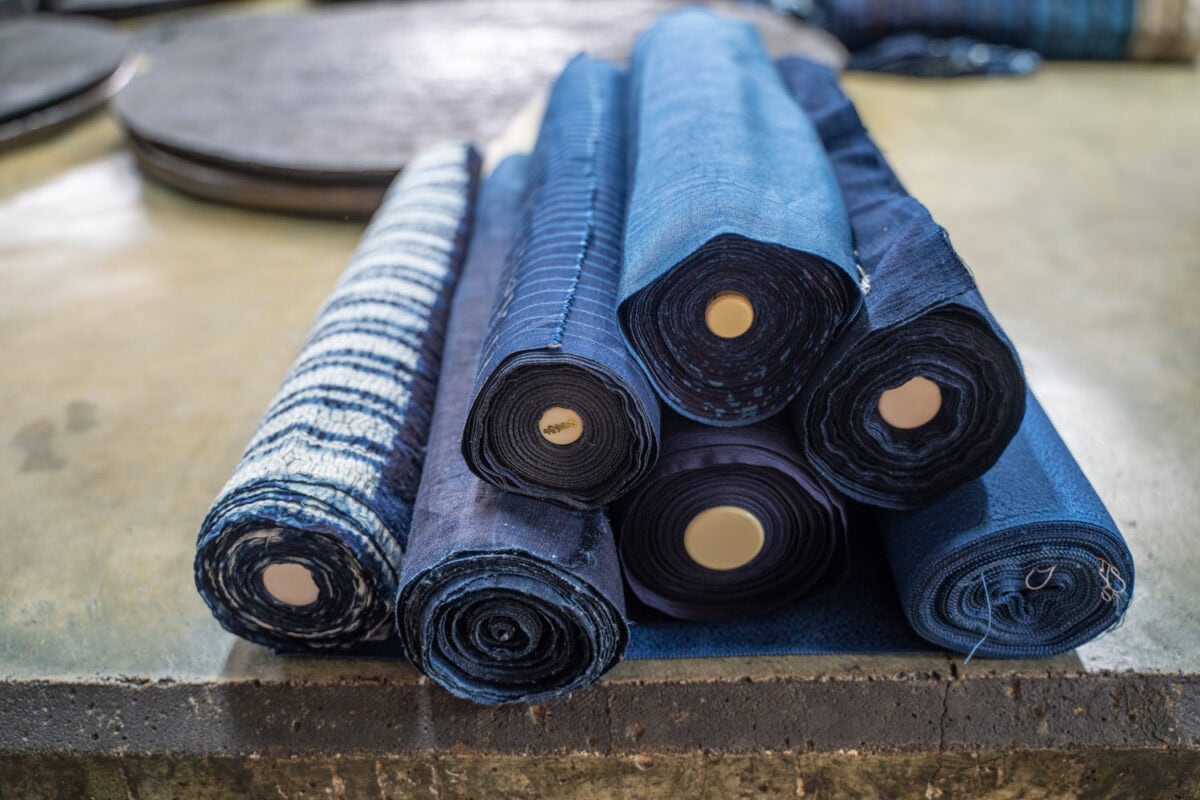

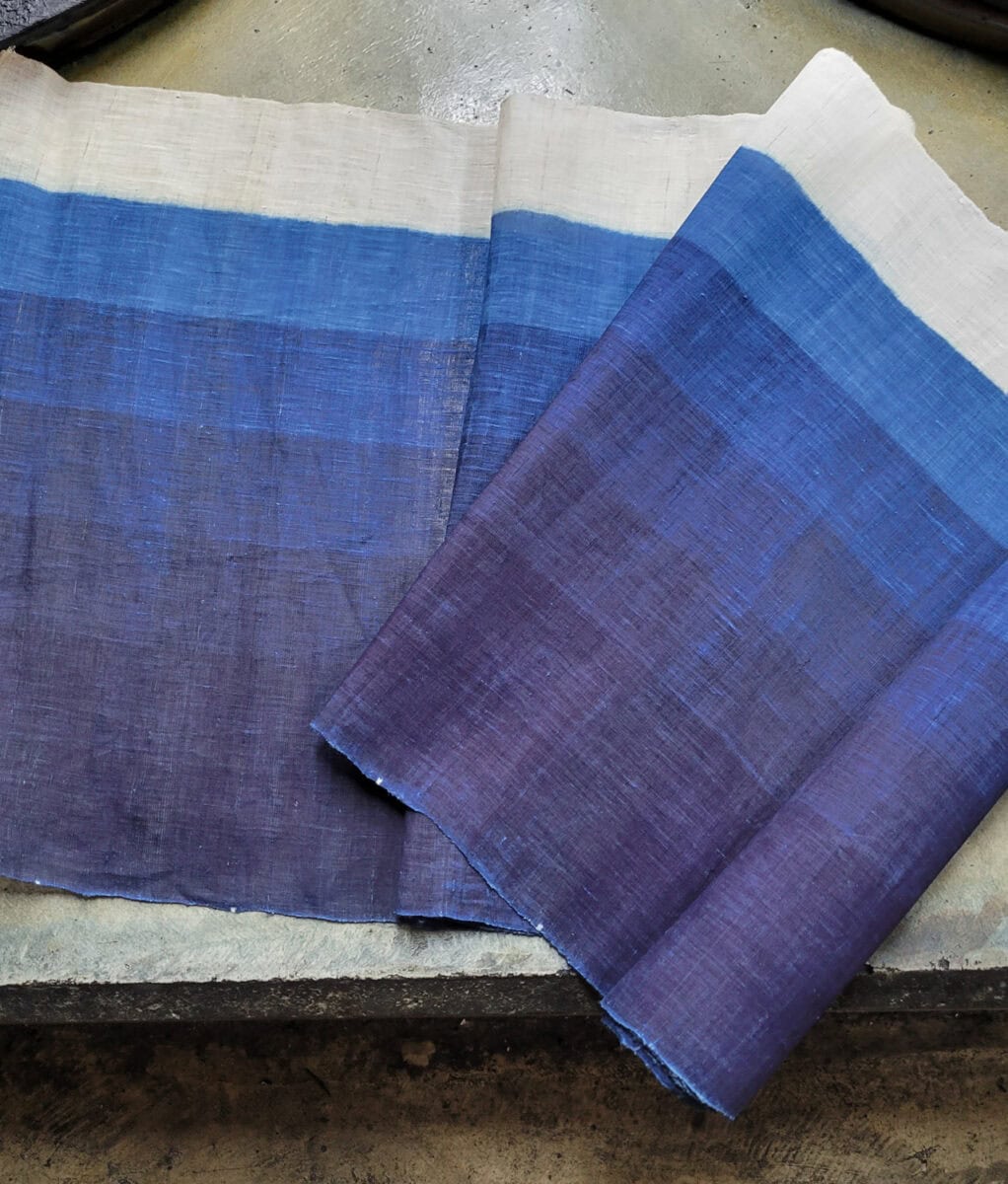

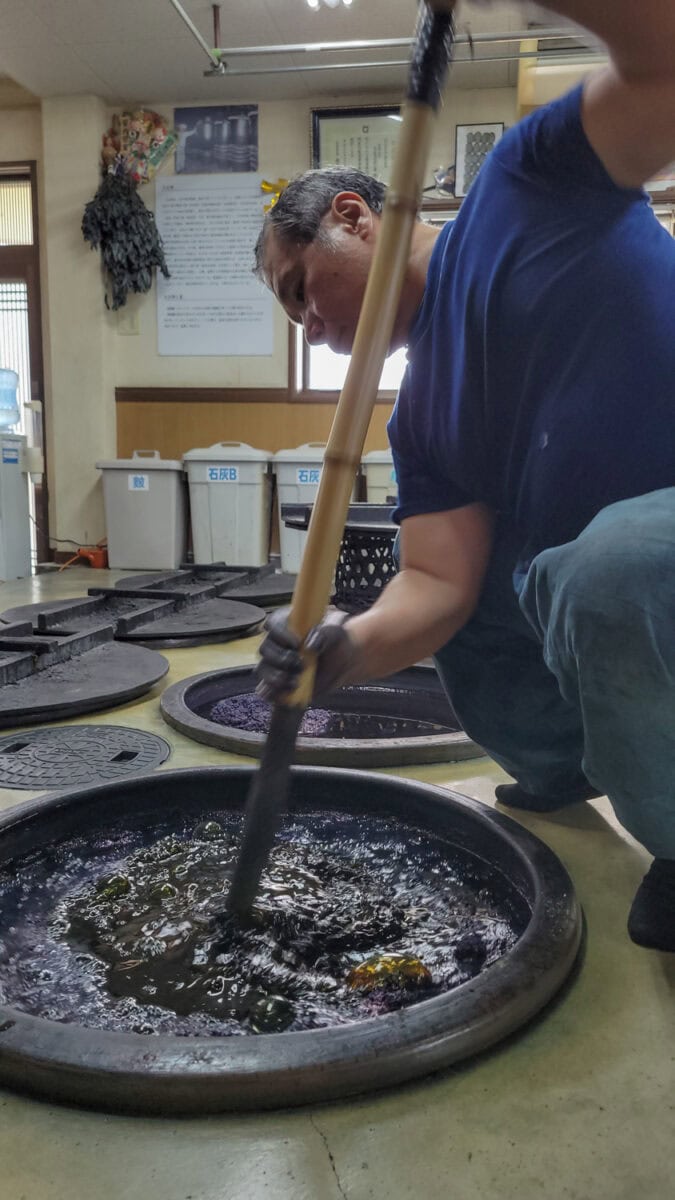

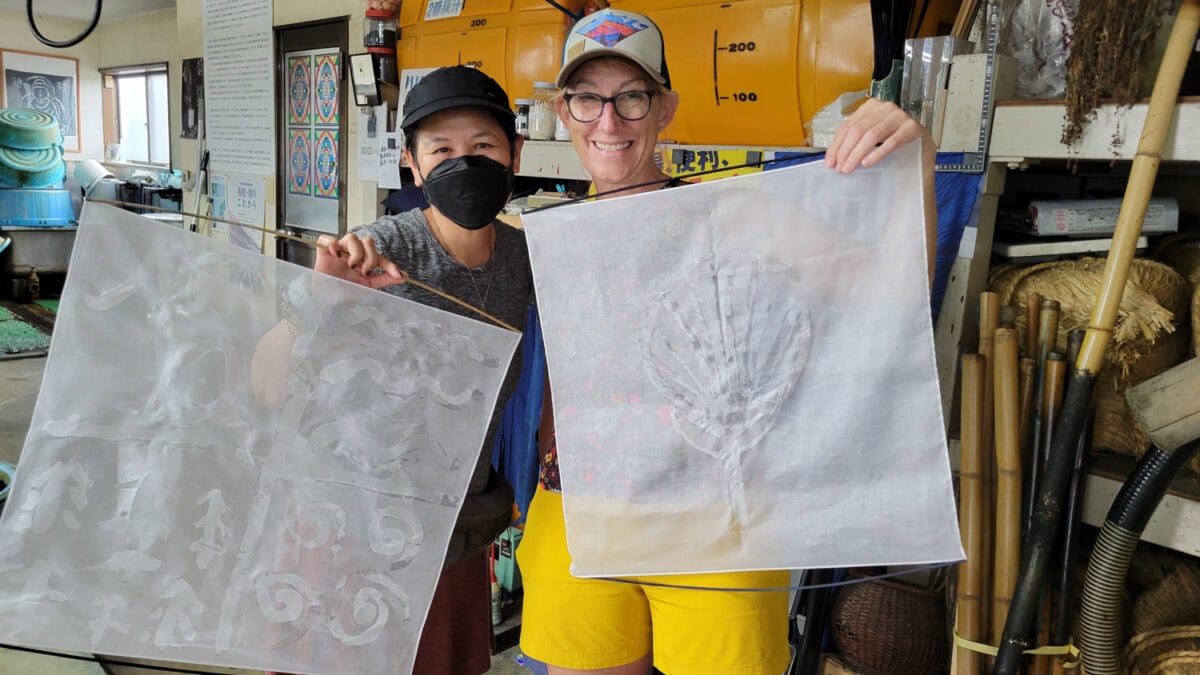

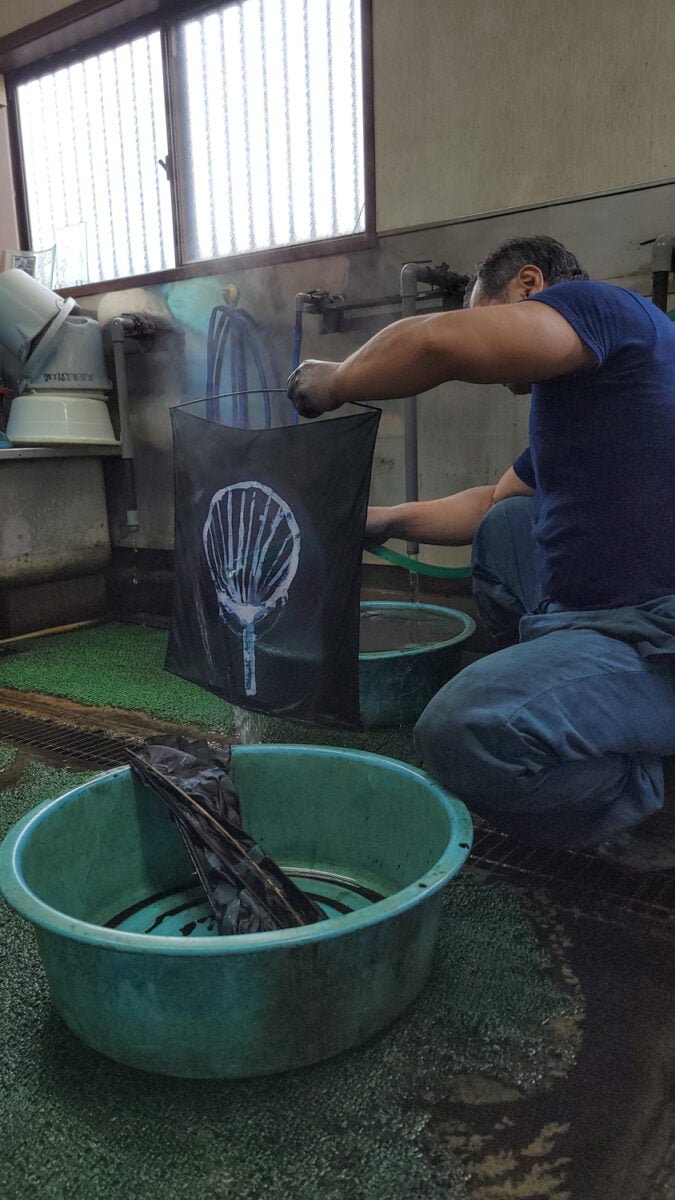

I visited the Sato Awa Indigo Factory and met Sato Akito, the 19th-generation (yes…19 generations!) indigo dyer. He not only took us through the entire process of how the plant is broken down, fermented, and turned into indigo dye, but he also taught us how to dye a bandana scarf and put our own designs on it!
Our finished bandanas were cute – however, it was incredible (and humbling) to see Sata Akito dying work. His creativity and designs were precise. I was amazed at how he created the designs by dipping the material in a vat. He is well known for his kimono work.
Learn more about the Aizome Indigo dyeing experience
3. Walk over Kazurabashi Vine Bridge – Iya Valley
Deep in the Iya Valley river gorge, you can step back in time and walk across a swinging bridge made entirely of vines. Well,…mostly of vines. The bridge represents what it would have been like 800 years ago when they were first constructed. Built by samurai who fled to Shikoku after the Genpei War, 3 of the 13 bridges still remain over the Iya River.
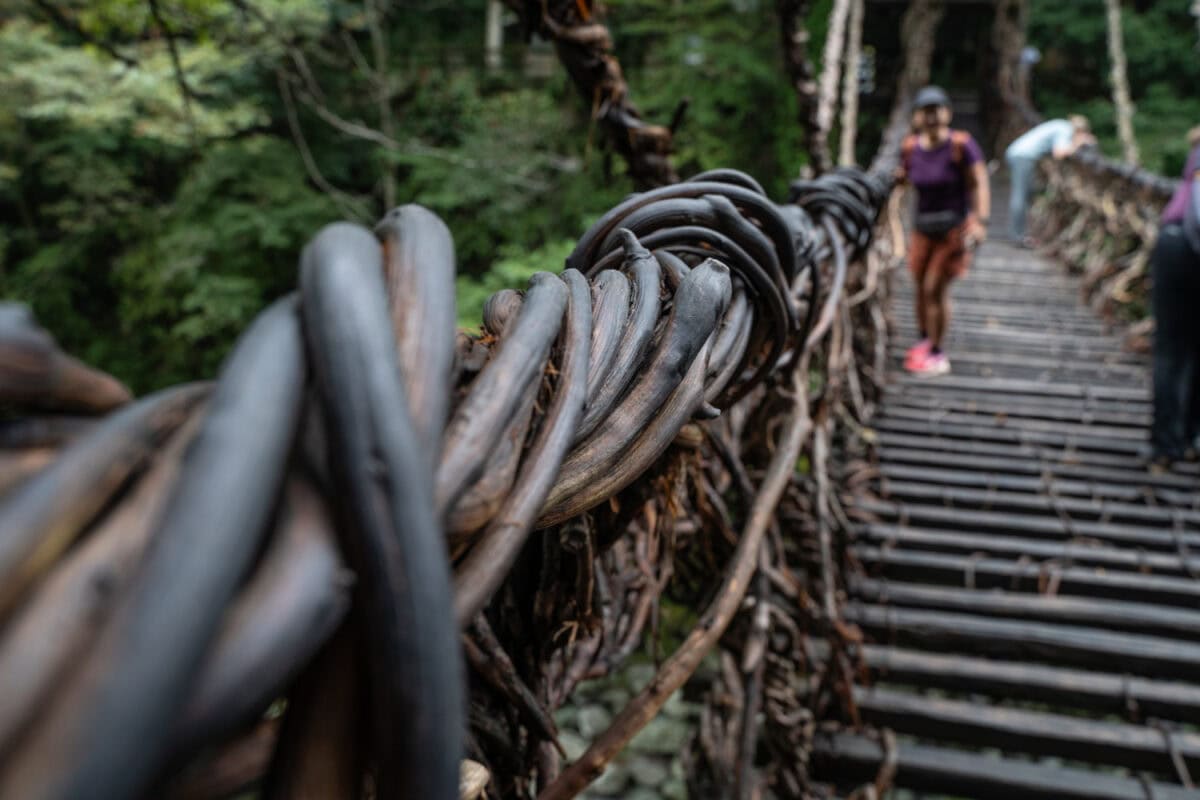

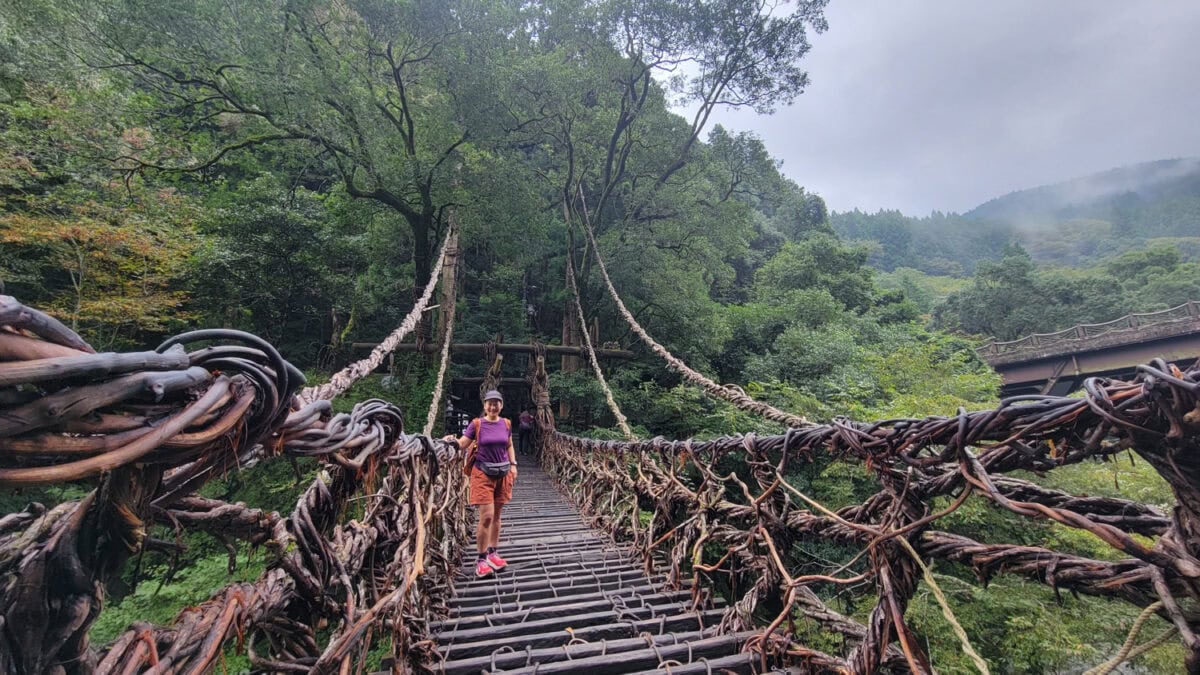

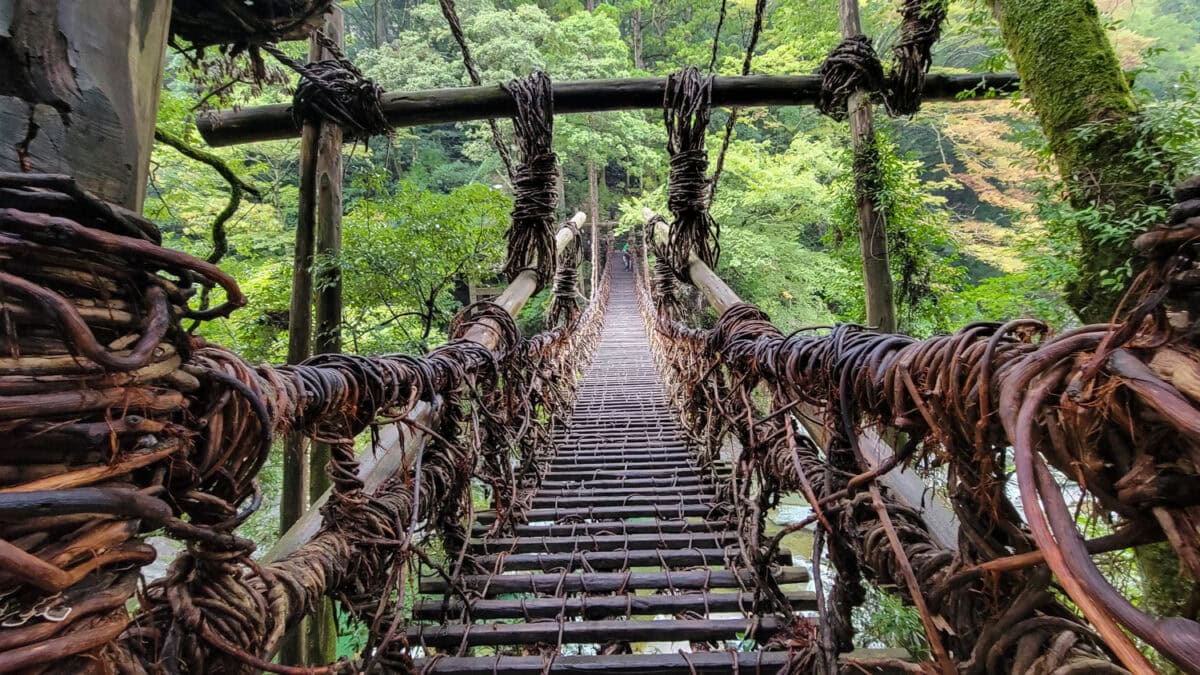

For safety reasons, they added a few hidden steel cables for stability. So, as you stand at the foot of the bridge, ready to cross, be assured that it may look flimsy, but it is safe! The bridges are rebuilt every 3 years. The vines are collected in autumn, steamed, and twisted into shape by hand. It is an incredible site to see…and walk across. Just get there early, as lines quickly start forming at the ticket booth!
4. Be Entertained at Ochiai Scarecrow Village – Iya Valley
No, this is not a haunted Japanese village, but it is weird. A village of 27 people and 350 scarecrows is worth a visit – right? Nagoro village is an aging village that has come up with a way to breathe new ‘life’ into its population. The ‘new’ population is life-sized figures made of cloth and stuffed with newspapers.
It was startling to see the life-size ‘scarecrows’ in groups in locals’ yards as we pulled into Nagoro. But when we walked into the old elementary school and saw hundreds of scarecrows in the gym attending prom, playing music as part of the band, and simply hanging out, it was just plain weird.
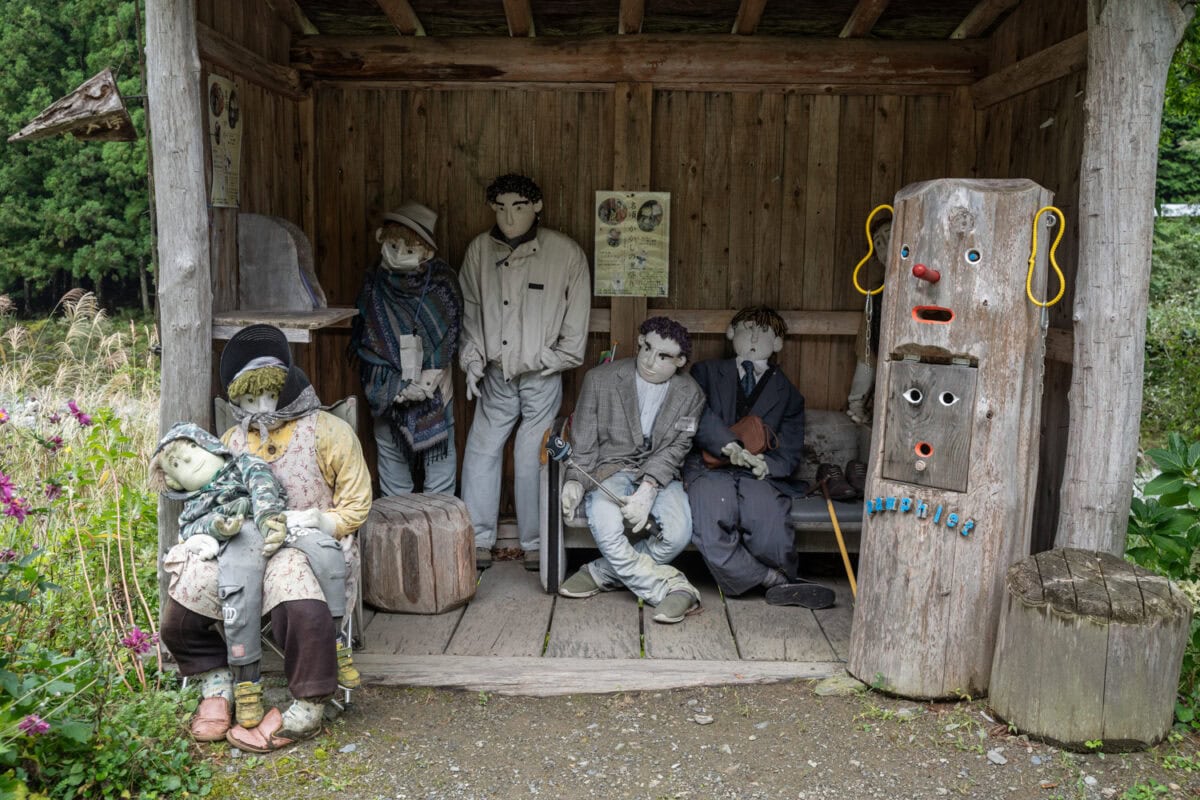

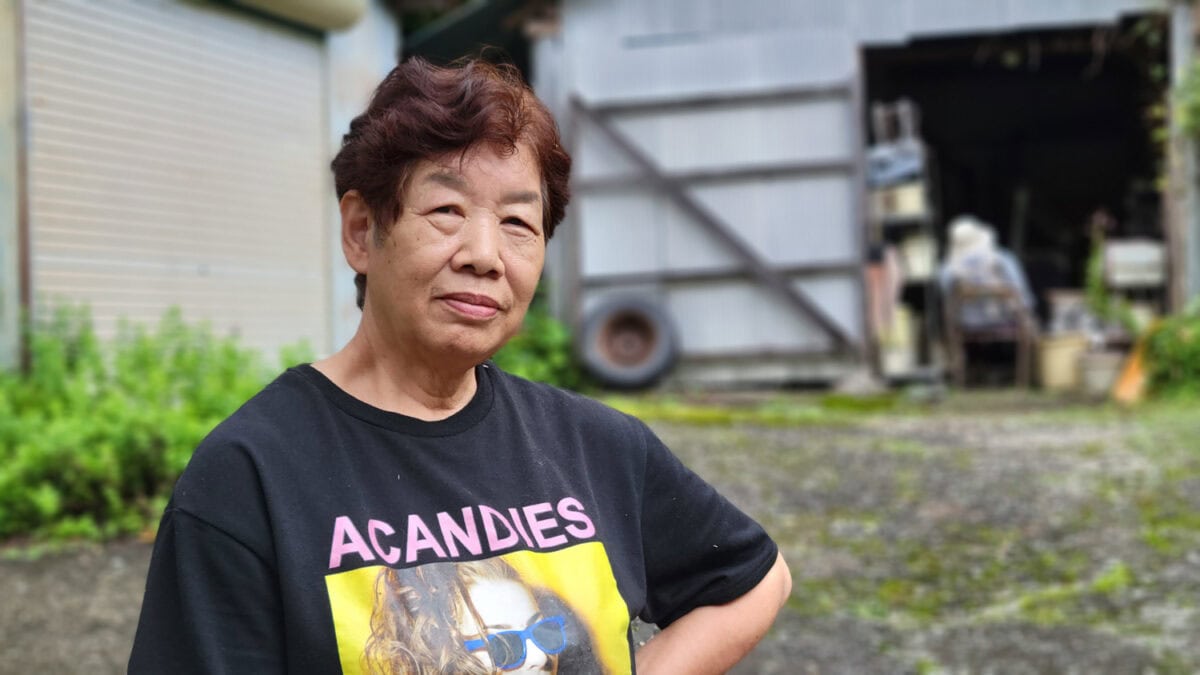

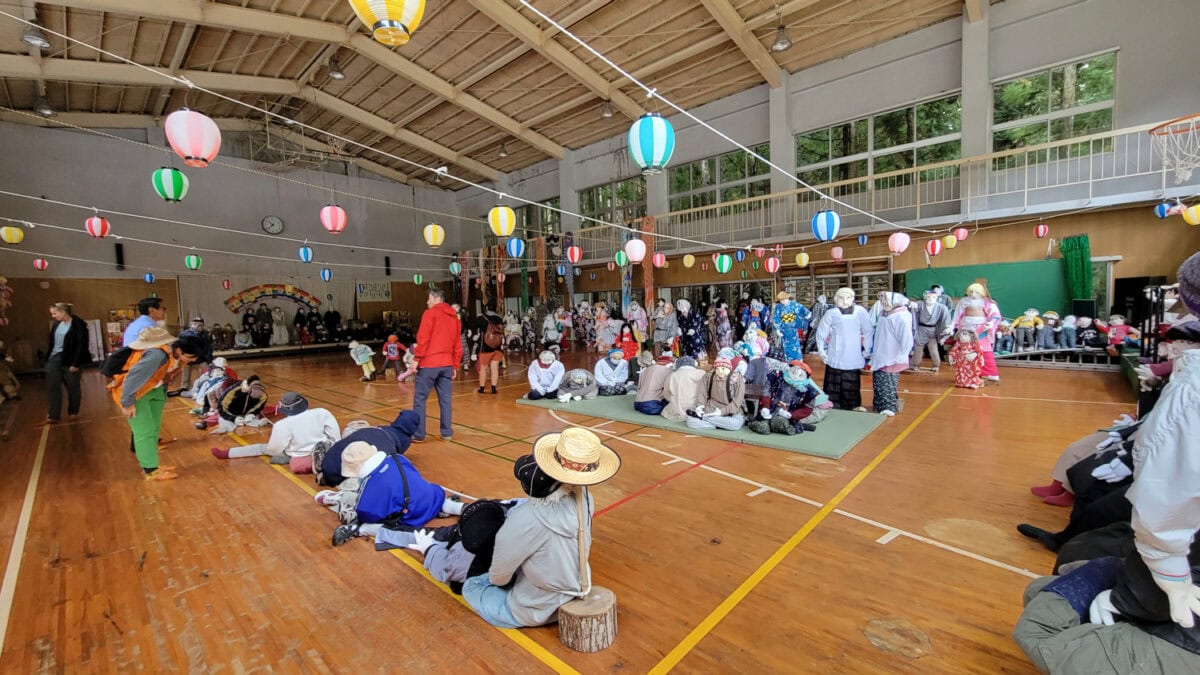

What started as a way to keep the birds from eating plants in her yard has multiplied into a popular tourist stop. Tsukimi Ayano started creating the scarecrows after she returned to the village to take care of her father and found it practically empty. Now, it’s filled with scarecrows and curious tourists!
I had the pleasure of meeting Ayano at her home and seeing one of her works in progress.
5. Stay Overnight at a Temple and Bath in Sacred Waters
Even if you don’t hike the 88 Temples, you can still spend the night in a temple and learn more about Japanese spirituality. Temple 6, Anrakuji, offers a very authentic experience of sleeping on tatami mats (they also have rooms with beds) that can be booked by tourists and pilgrims. A lovely dinner and breakfast are included, and you can even participate in a special prayer service.
The temple accommodations also include an onsen. This sacred spring is said to have been discovered by Kobo Daishi himself! The hot spring water, which led to the temple’s construction here, is said to be effective in treating neuralgia, muscle pain, and recovery.
After we had a delightful soak and delicious dinner meeting other pilgrims, I participated in a special prayer event that the monks hosted after dinner.
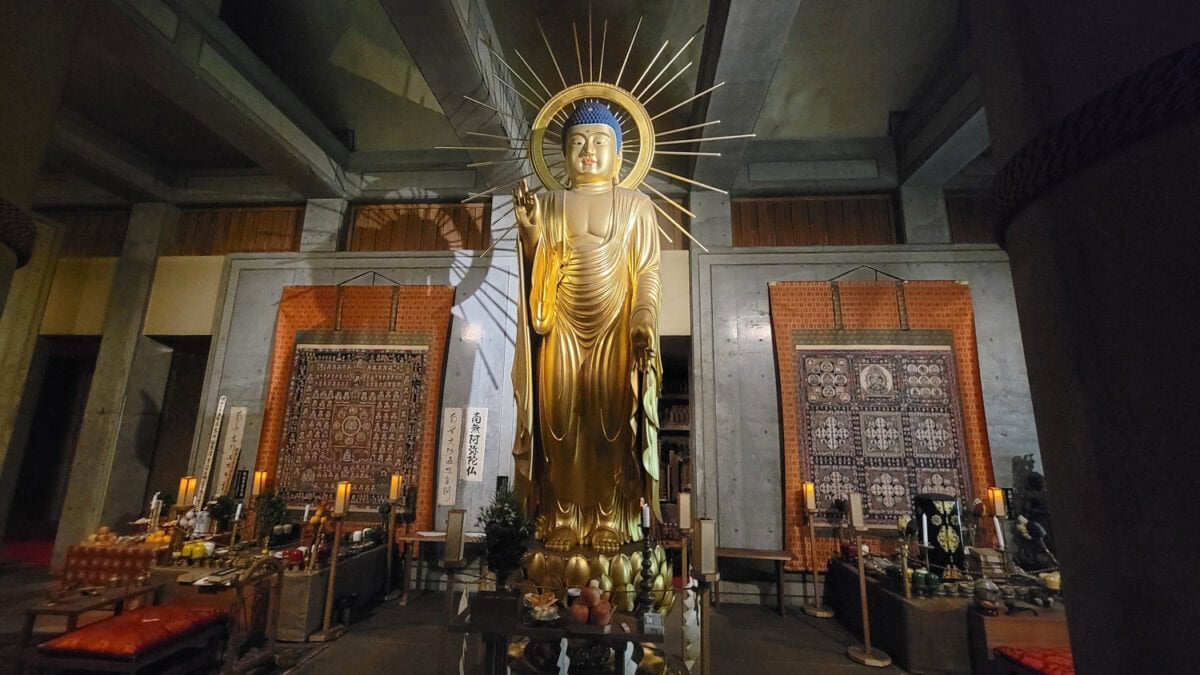

We honored a loved one who had passed by writing their name, age and a wish on a piece of wood. I chose my friend Jane, who passed away from cancer a few years ago. After the monks chanted for 15 minutes, we entered a sacred part of the temple to touch the Buddha. Then, we lit a candle, placed it in a small stream, and watched it float downstream, symbolizing the spirit’s journey to the afterlife. It was a surreal and beautiful moment, and though Jane never made it to Japan, I was glad to have her there in spirit for such a special experience.
6. Enjoy a Kaiseki Meal in Tokushima City
Is it art, or is it food? In Japan, sometimes it’s hard to tell. One of my favorite things about this country is the food, and the crown jewel of Japanese cuisine has to be a kaiseki meal. Get ready to be amazed—not just by the sheer number of tiny, intricate plates that keep arriving—but by the mind-blowing freshness and attention to detail in every bite. Each dish is like a masterpiece… that you get to eat!
Kaiseki is a set-course meal chosen by the chef to highlight a specific seasonal theme. I went in September, so the fall harvest foods were highlighted. It typically begins with appetizers, followed by sashimi, cooked dishes, a rice course, and finally, dessert. You can get kaiseki in many places, but if you are looking for a special experience, then go for this beautiful meal in Tokushima City in Shikoku.
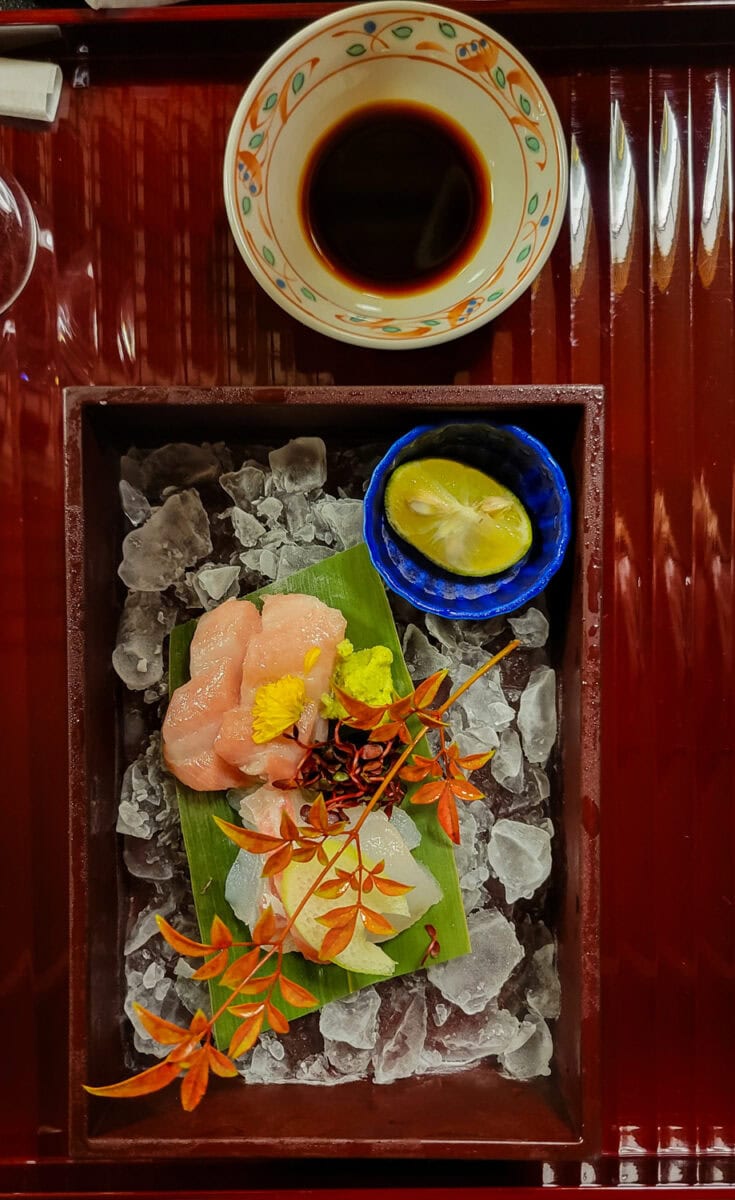

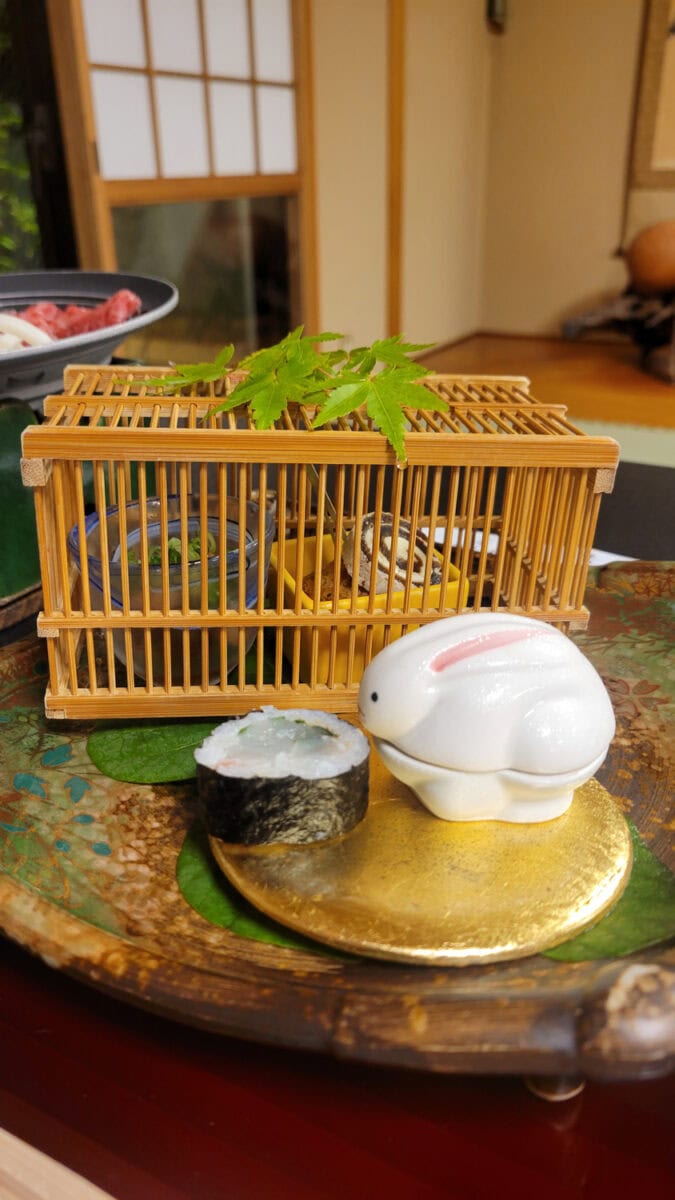

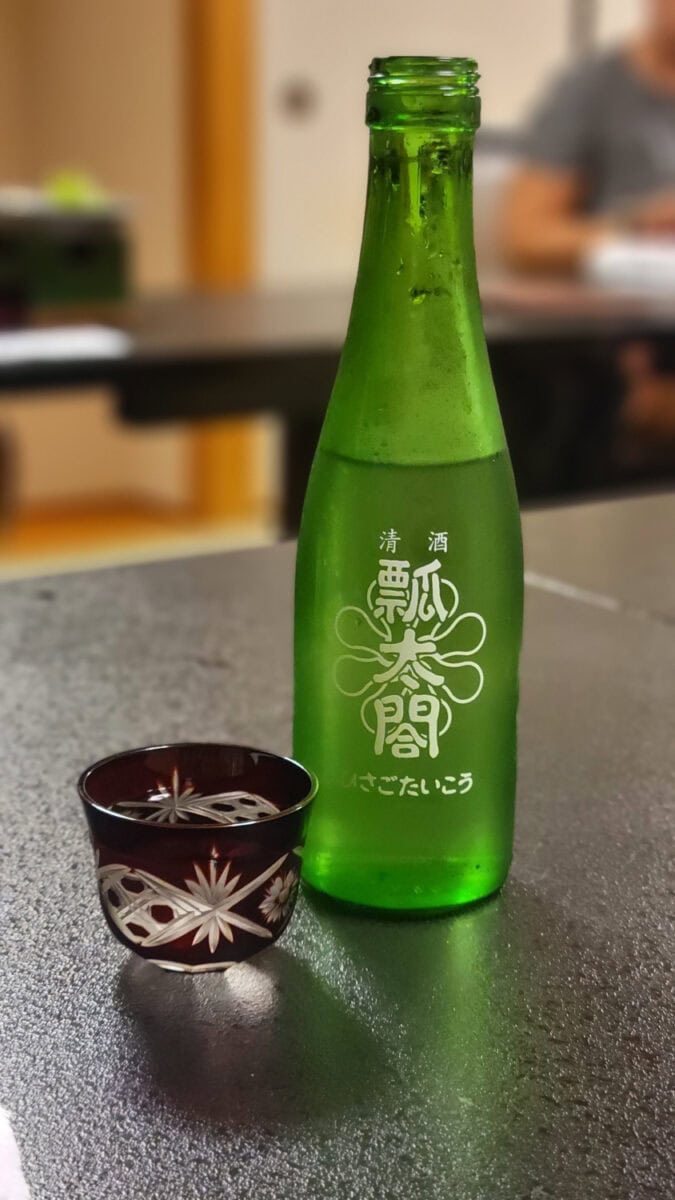

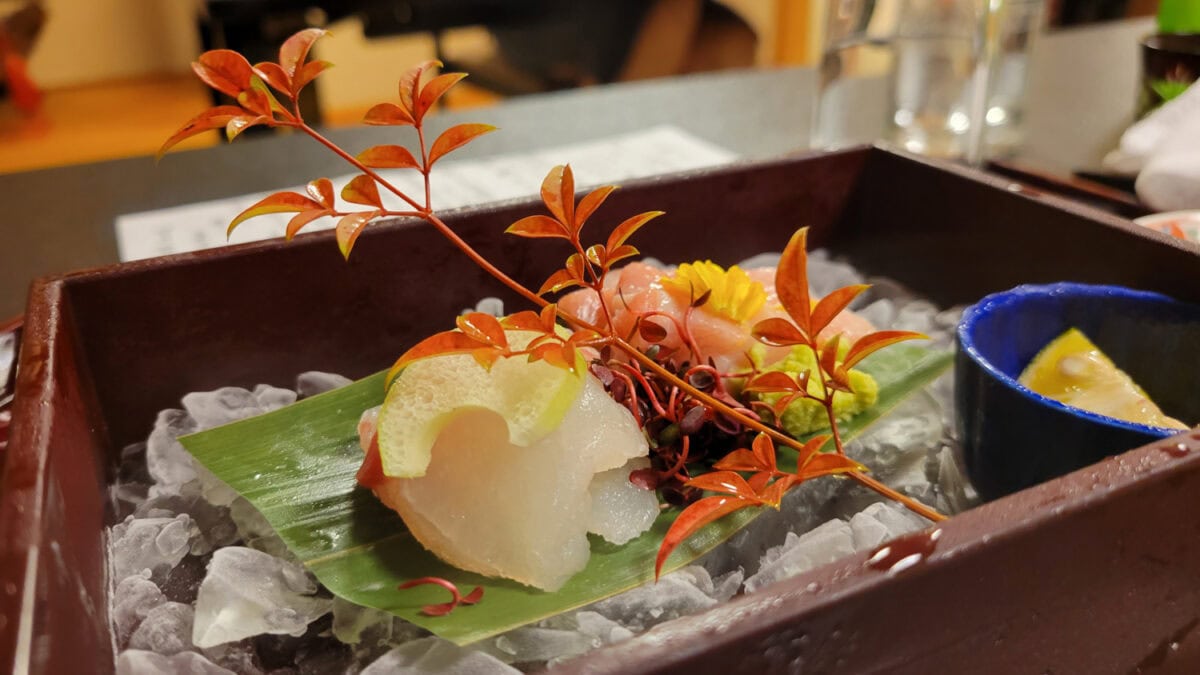

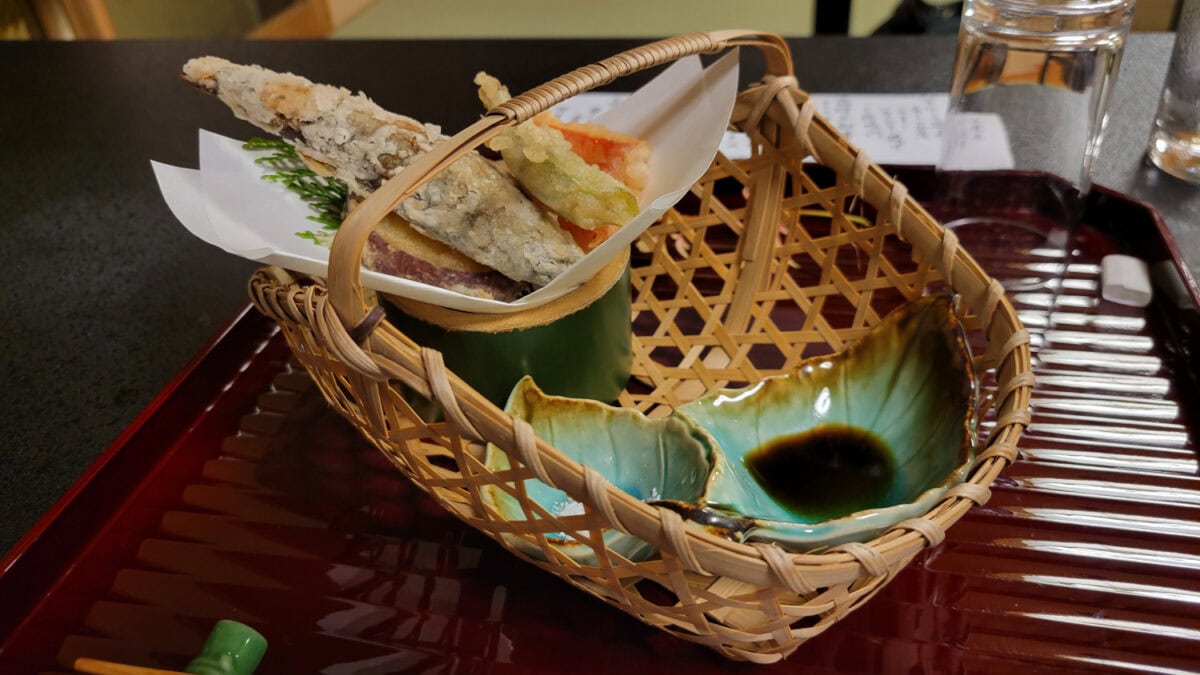

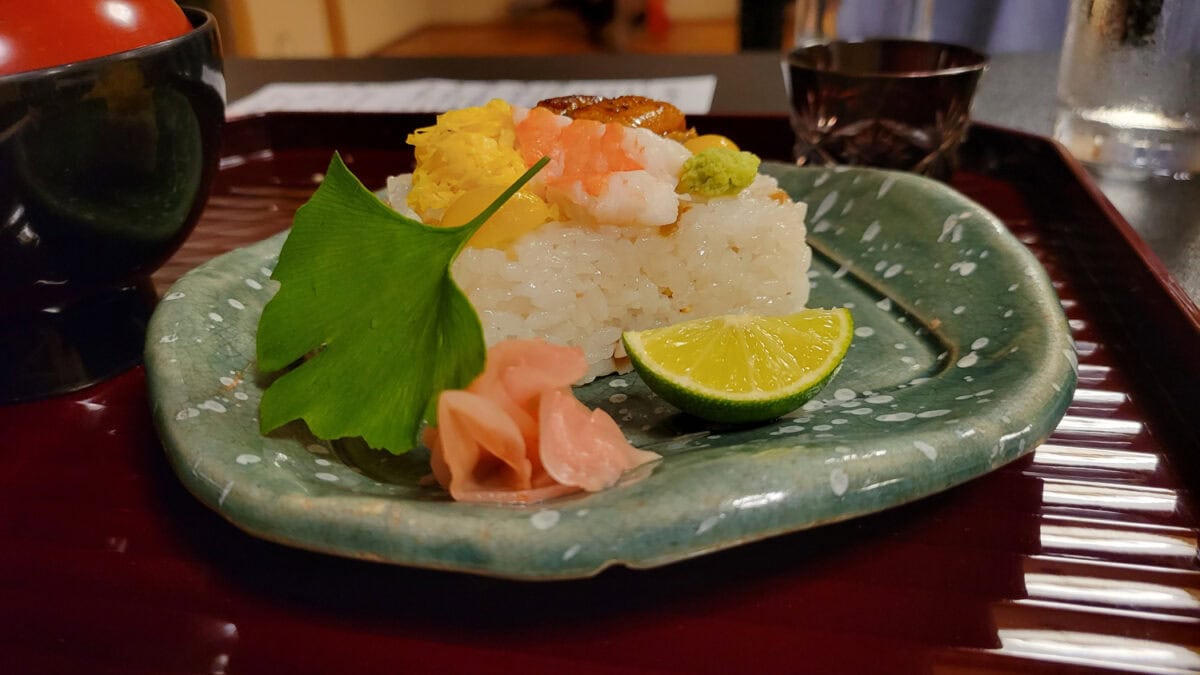

We went to Sasanosho – a traditional Japanese restaurant in a peaceful setting. We had our own room and sat on tatami mats to eat – a traditional way to dine in Japan. Each dish at Sasanosho was served by a beautiful woman in a kimono. The colorful and delicate dishes were often served with fresh flowers. This is a chance to have an authentic Japanese Kaiseki experience that I hope everyone who visits Japan can have.
Read Tokyo Off the Beaten Path
7. Day Hike Temple 20 Kakurinji to Temple 21 Tairyuji
If you are visiting Shikoku, you should at least try one of the iconic hikes along the 88 Temple Pilgrimage. You can do a day hike between T20 – Kakurinji to T21 Tairyuji and experience one of the most beautiful hkes on the entire circuit. However – I will admit the hike is more challenging – probably a moderate to advanced level hike – but it’s so worth it! Total distance is 3.5 miles.
Temple 20 Kakurinji is a scenic temple at the top of Mt. Washigao at 1500 ft. You’ll start at the unique 3 storied pagoda and descend into the forest of giant cedar, cypress, and pine trees, some over 1,000 years old. The trail down is well maintained. You’ll descend down to the river, where you’ll find a home with a beautiful bonsai tree garden. From there, you’ll cross a bridge and start climbing steeply along a stream to Temple 21 Tairyuji.
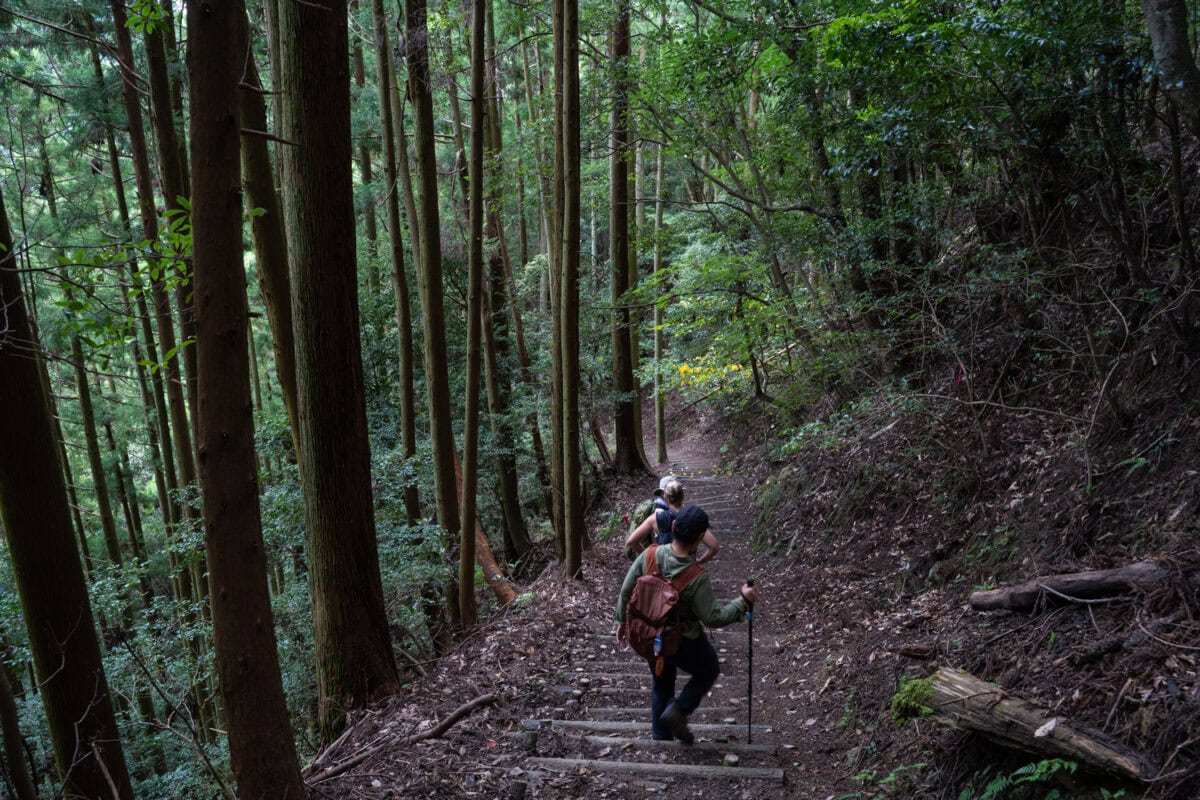

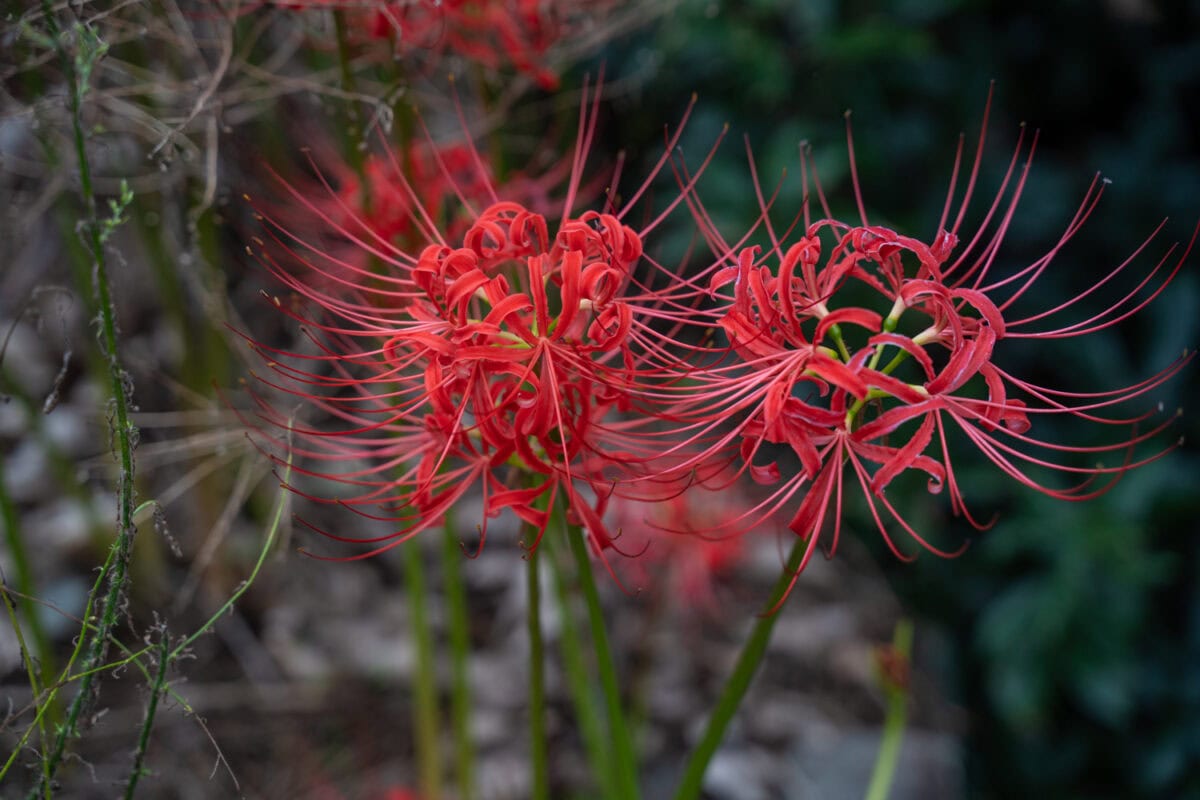

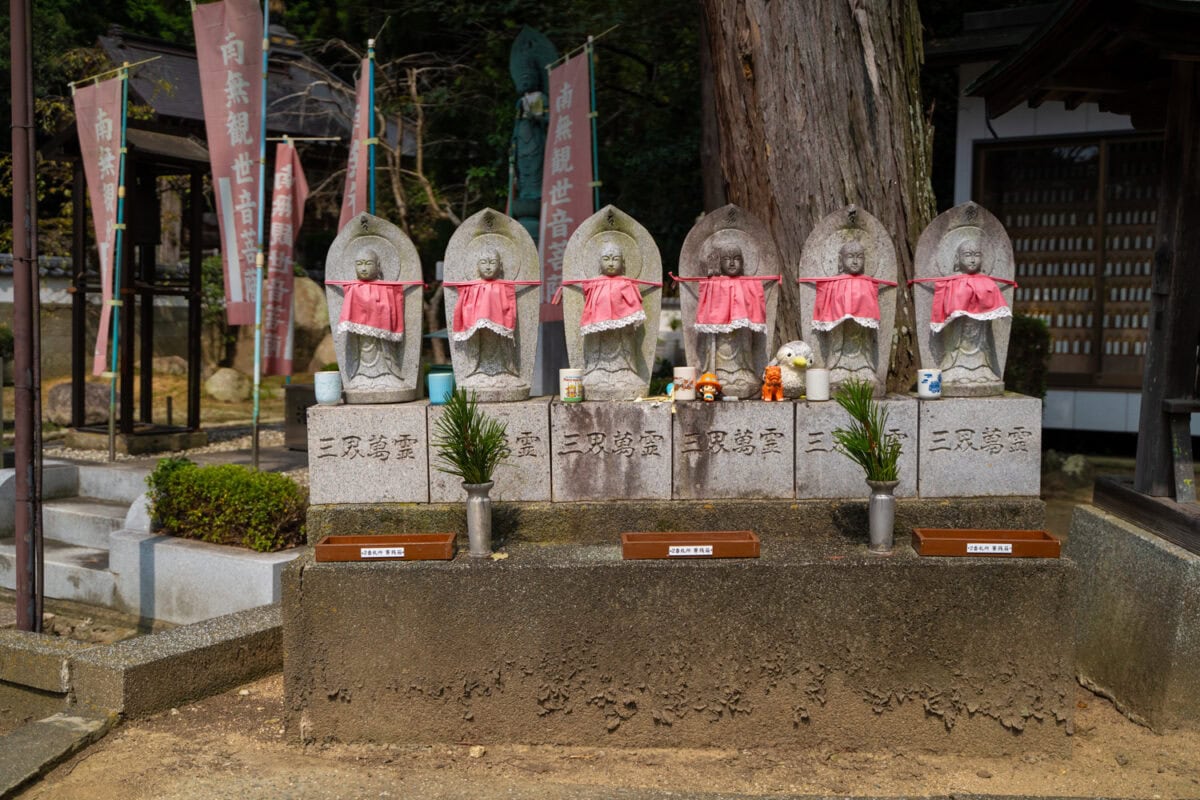

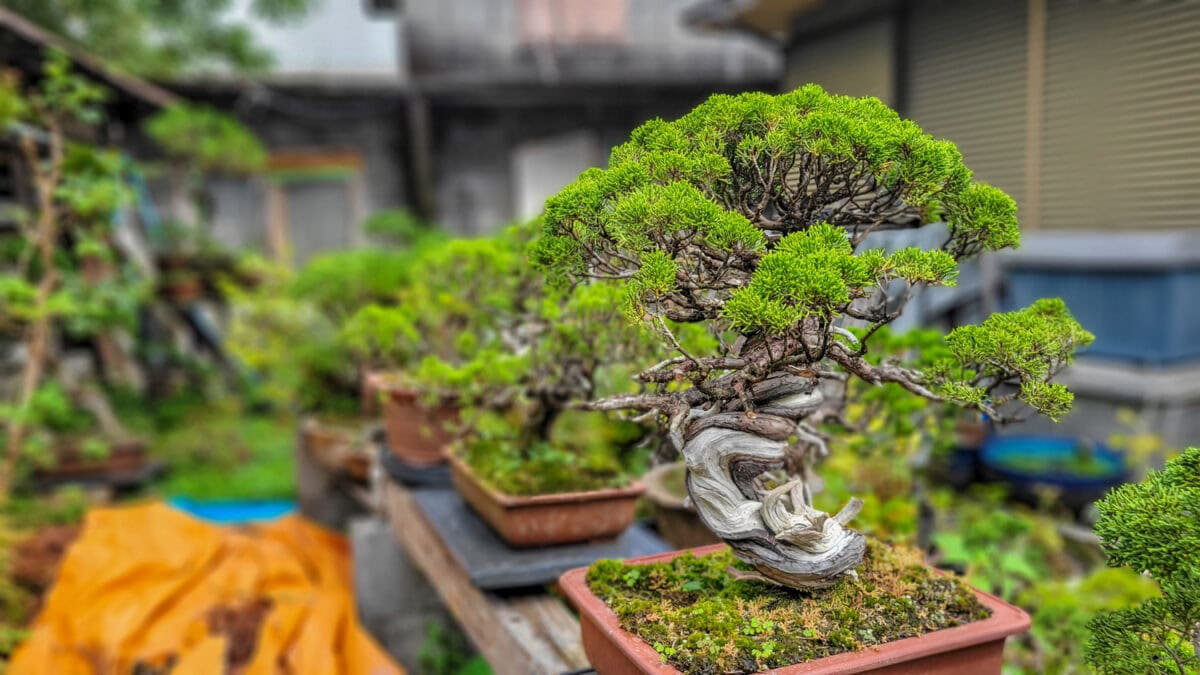

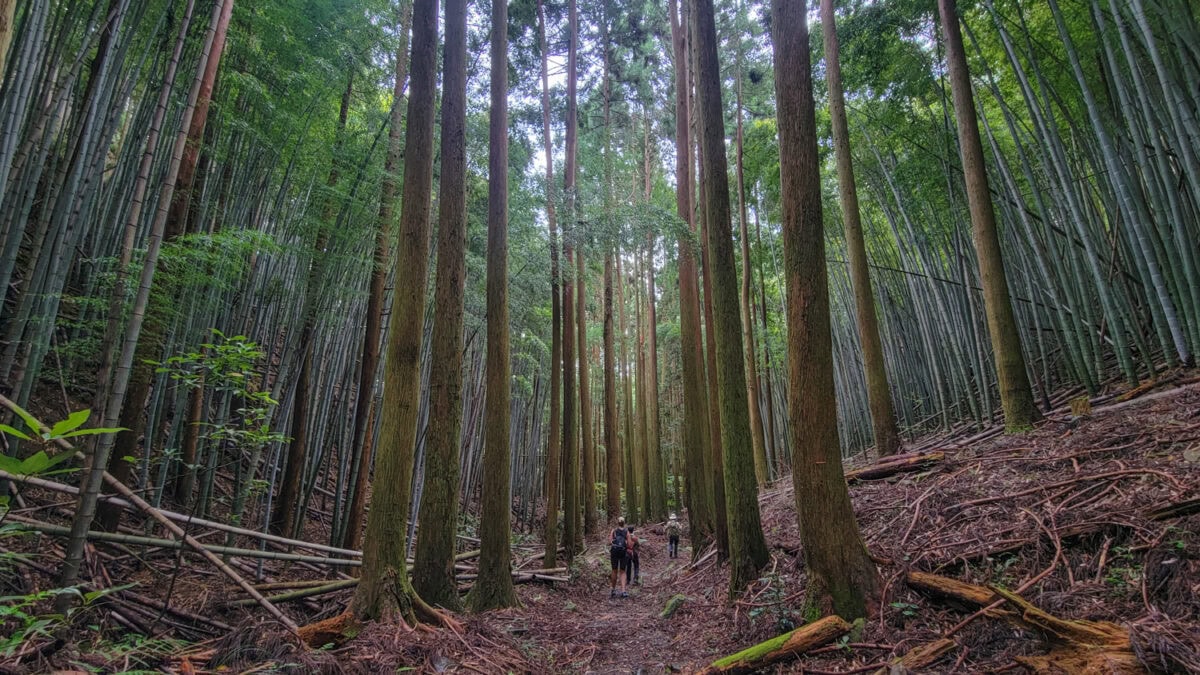

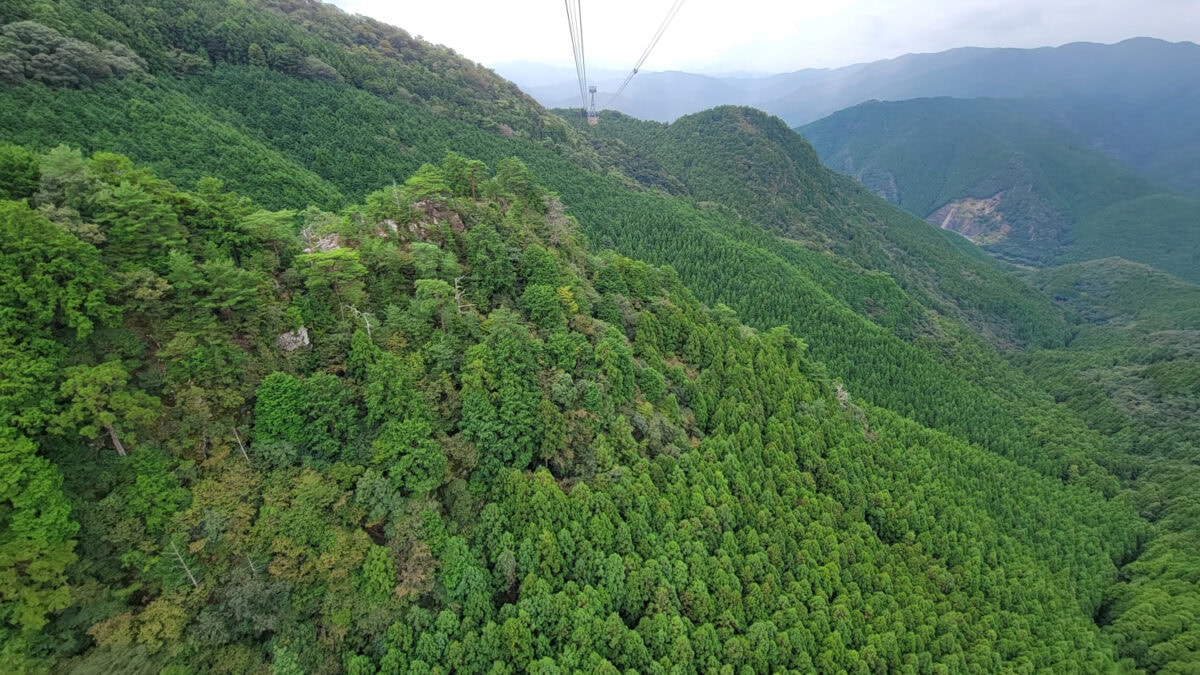

Tairyuji Temple, also called the Temple of the Dragon, is full of intricate carvings and multiple temples. It sits at 2000 ft. and has a special connection to Kōbō Daishi. At the age of 15, it is said that he meditated on this summit for 50 days, reciting the Mantra of the Morning Star one million times.
If you don’t want to do the beautiful but challenging hike, you can also take a gondola up to Tairyuji Temple and enjoy the historical buildings and vast views.
8. Step up to the Kotohira Shinto Shrine
The most famous Shinto shrine in Shikoku is the Kotohira Shrine, which sits high above the town of Kotohira. Known as the shrine for fishermen, it’s an astonishing building that will leave you wondering, ” How did they build that?”
The shrine itself is beautiful – but it might be best known for its approach. Be prepared to climb up 785 stone steps to the main Kotohira shrine building. And 700 more steps, and you’ll arrive at the hidden shrine in the forest. The panoramic view from the top of the Sanuki Plain was worth the climb!
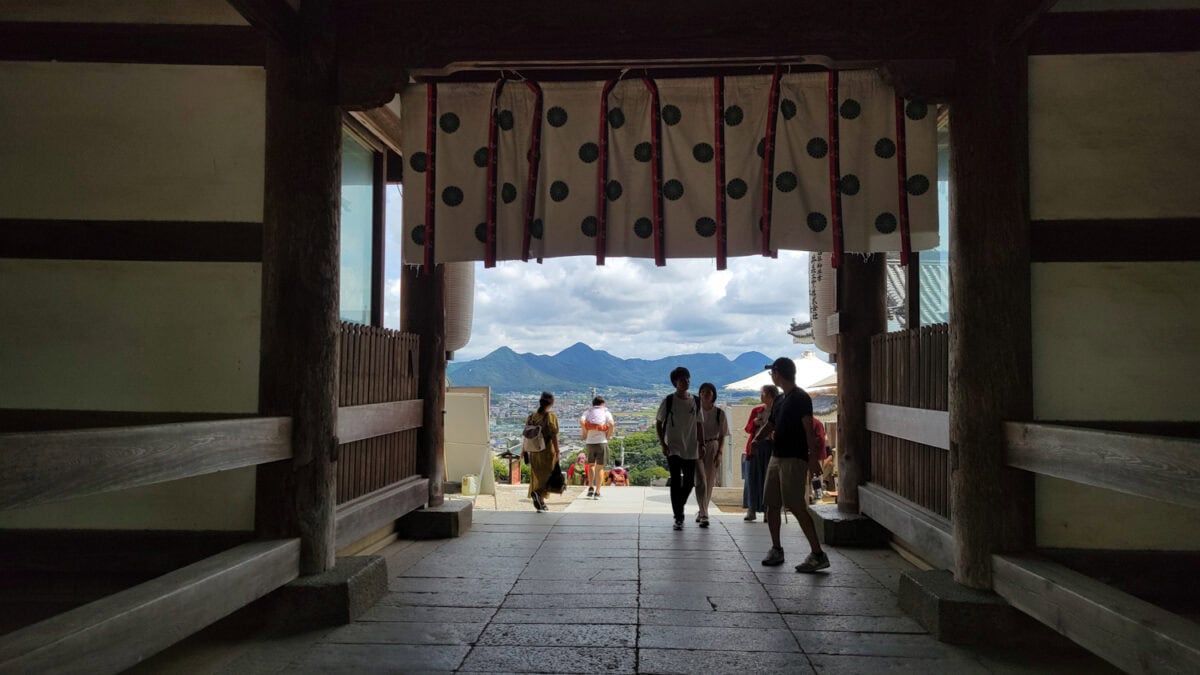

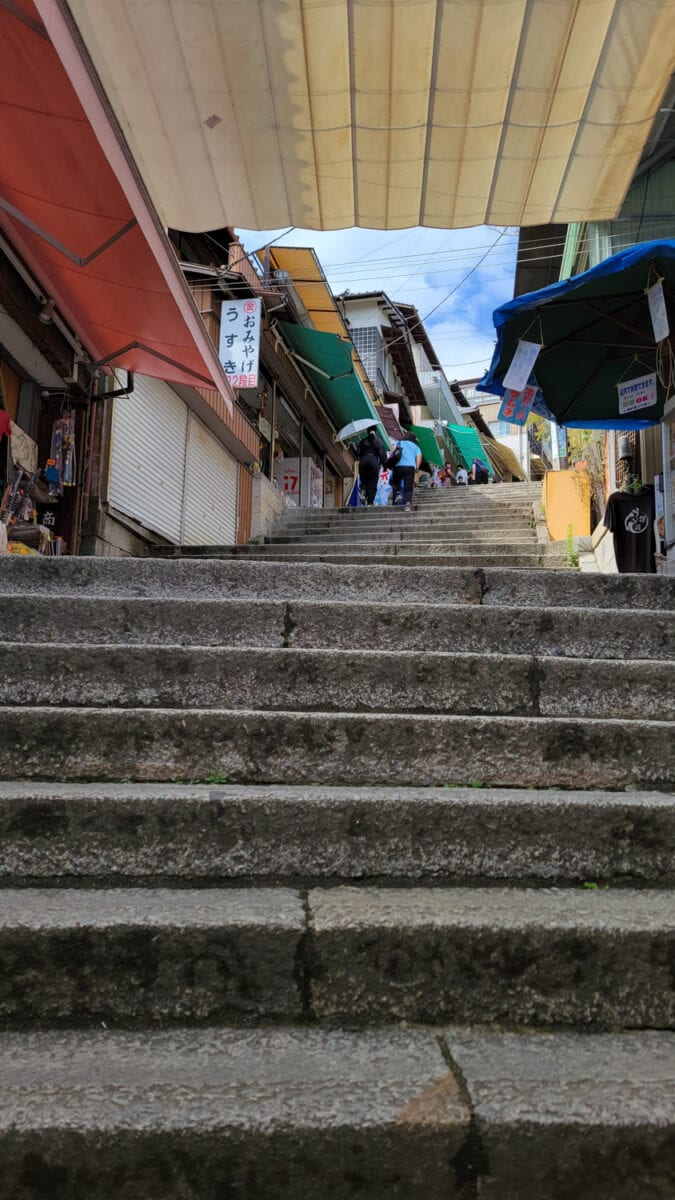

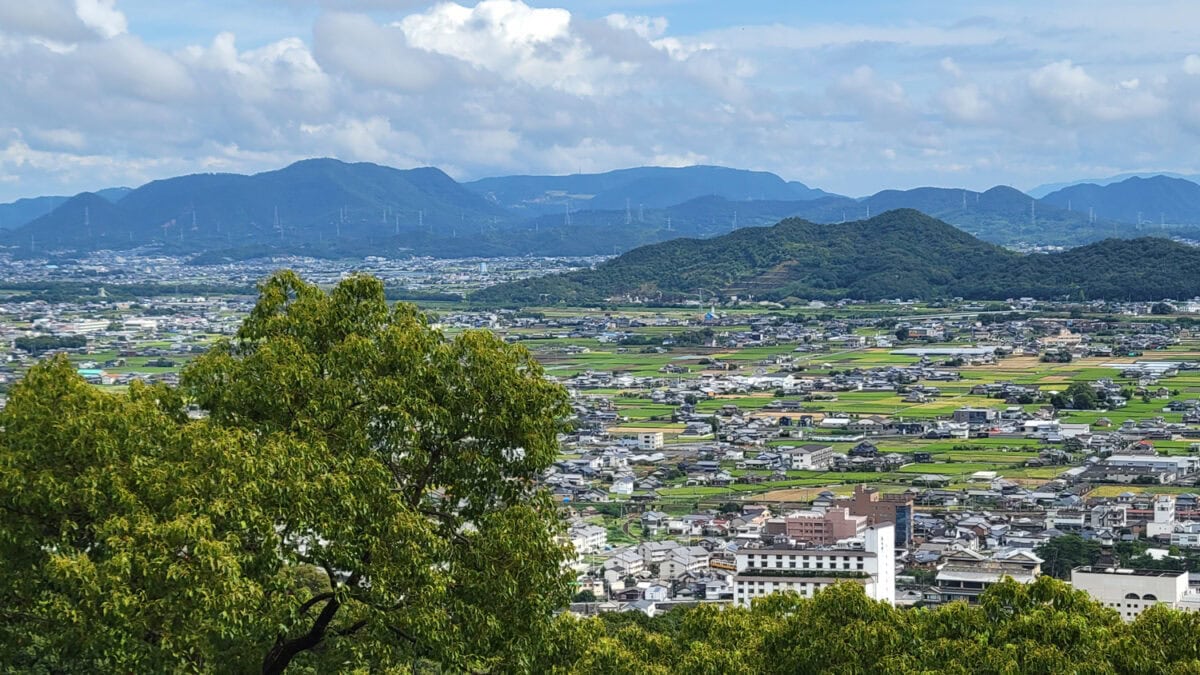

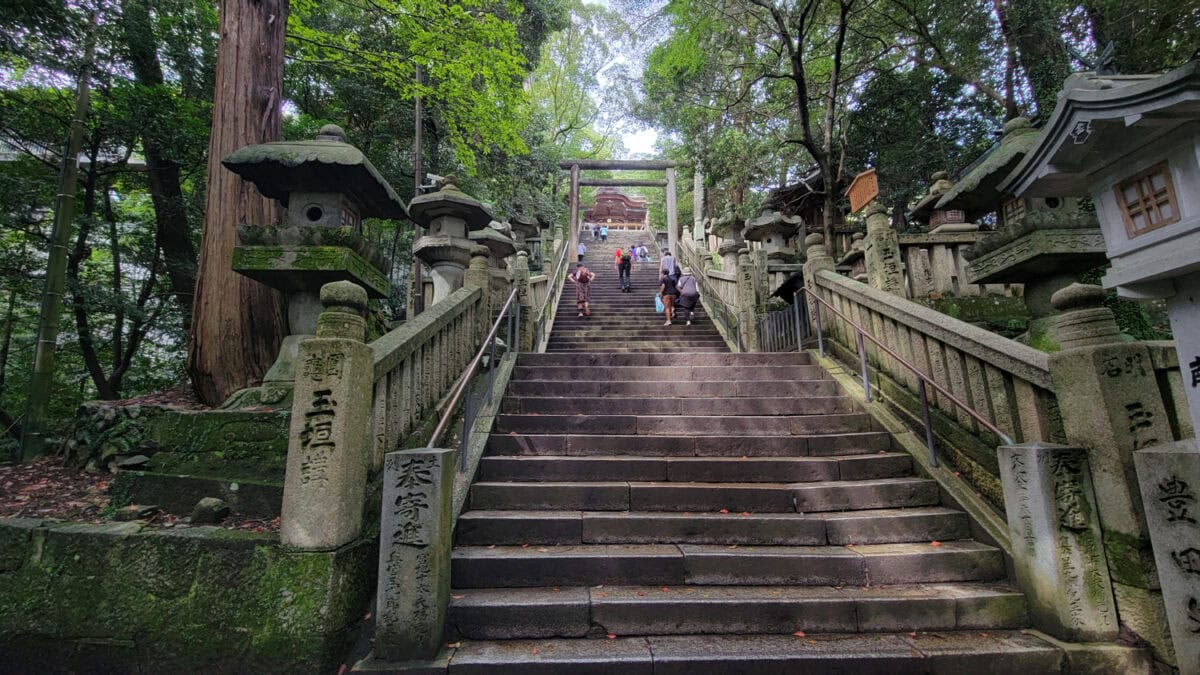

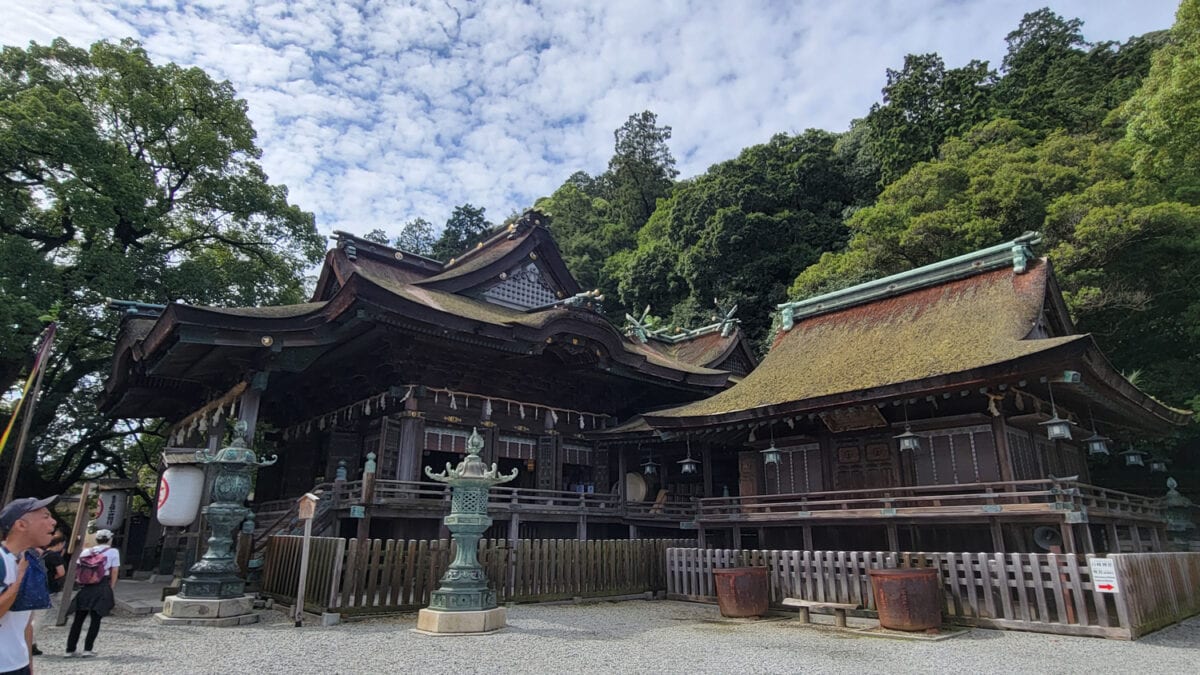

Fortunately, there are many shops, secondary shrines, fascinating examples of sculpture and architecture, and other diversions on the way, which provide an excuse for a break in the climb.
9. Dance at a Nakano Udon Class
Sanuki udon is a specialty of the Kagawa region. People travel from all over Japan to eat udon in Kotohira. It’s known for its firmness and flavor, whose secret lies in the variety of wheat produced in the area.
Sure – you could just eat a delicious bowl of Sanuki udon, but why not also learn to make it yourself? I love cooking, so the opportunity to take a Udon cooking class was a great option.
I quickly learned that this wasn’t any typical cooking class—it was a ridiculously fun experience full of hands-on tasks, dancing…yes, dancing…and comradery! I mean they had this experience dialed in – with so many social media’ moments’. It felt like I had stepped onto an iconic Japanese game show set, and I was one of the contestants!
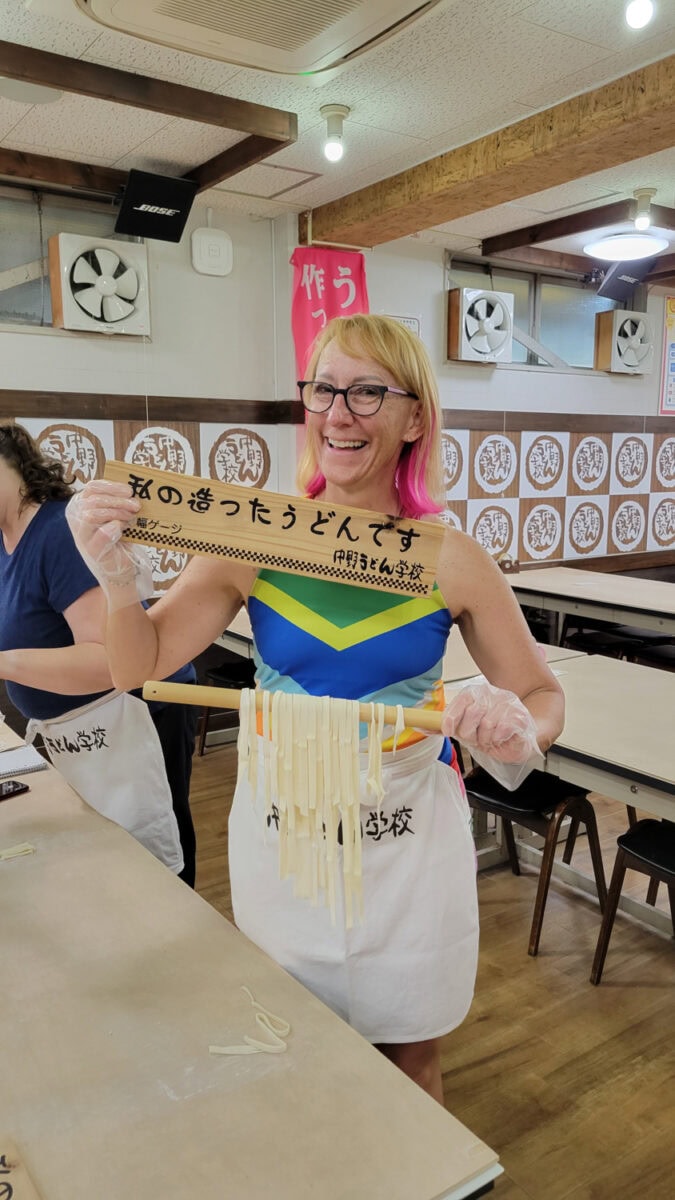

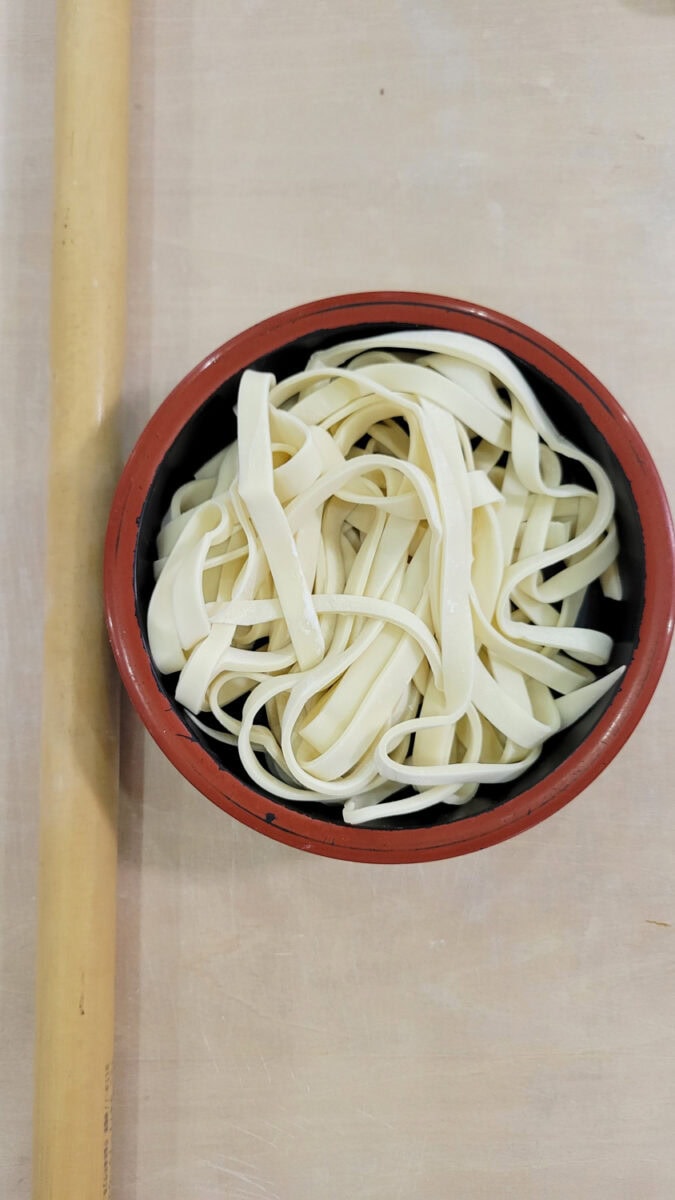

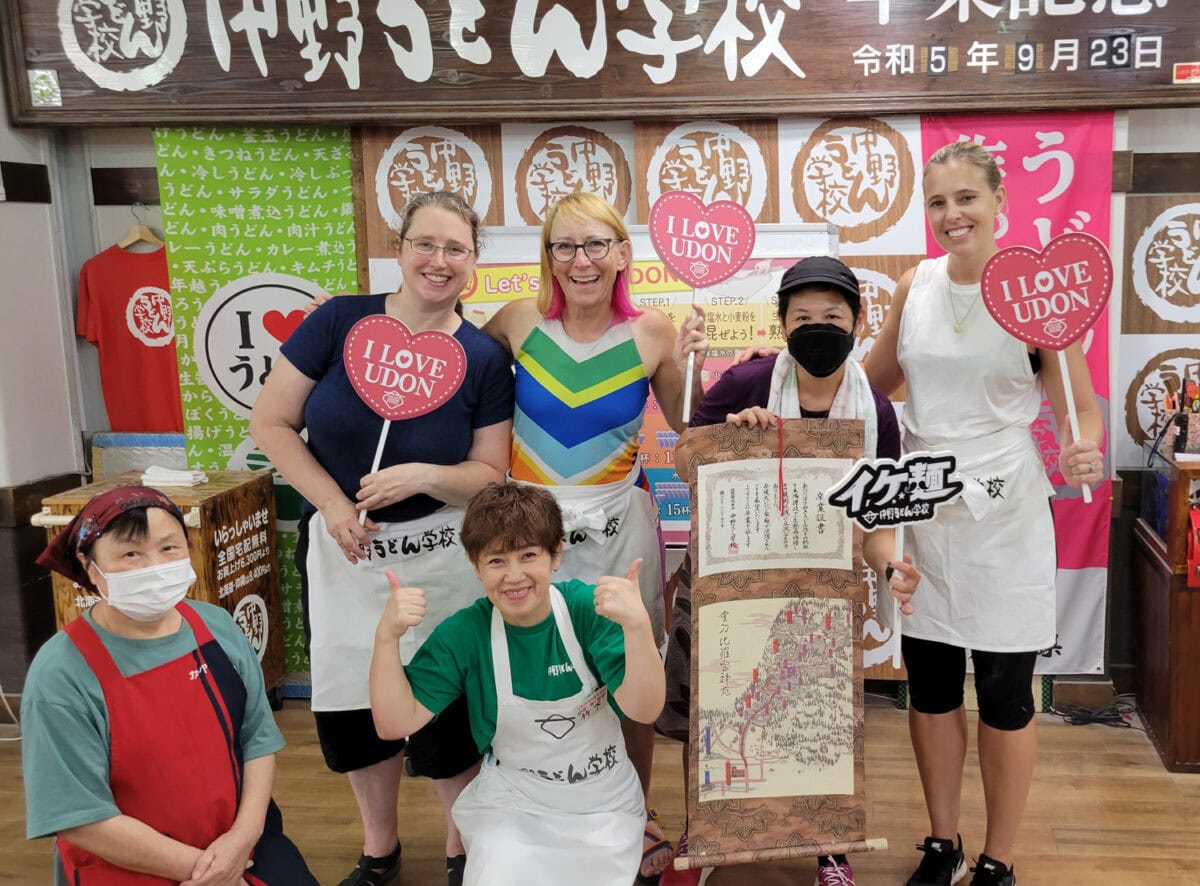

After you finish making your dough, you’ll cut it into noodles, cook it, and enjoy slurping up your delicious creation!
A special note if you are feeling food adventurous. After your class, try the green onion soy sauce ice cream you’ll find all over the streets of Kotohira!
10. Kanamaruza Kabuki Theater Tour
While in Kotohira, visit the Konpira Grand Theatre, a restored Kabuki theatre and the oldest Kabuki theater in Japan. It was initially constructed in 1835 and is still in incredible condition. Kabuki plays are performed for one month each year in April. However, if you aren’t visiting in April – you can still walk through the theater and explore Kanamaruza’s audience hall, stage, and dressing rooms. Be sure to check out the basement to see the human-powered rotating stage and trapdoors actors use to dramatically enter and exit performances.
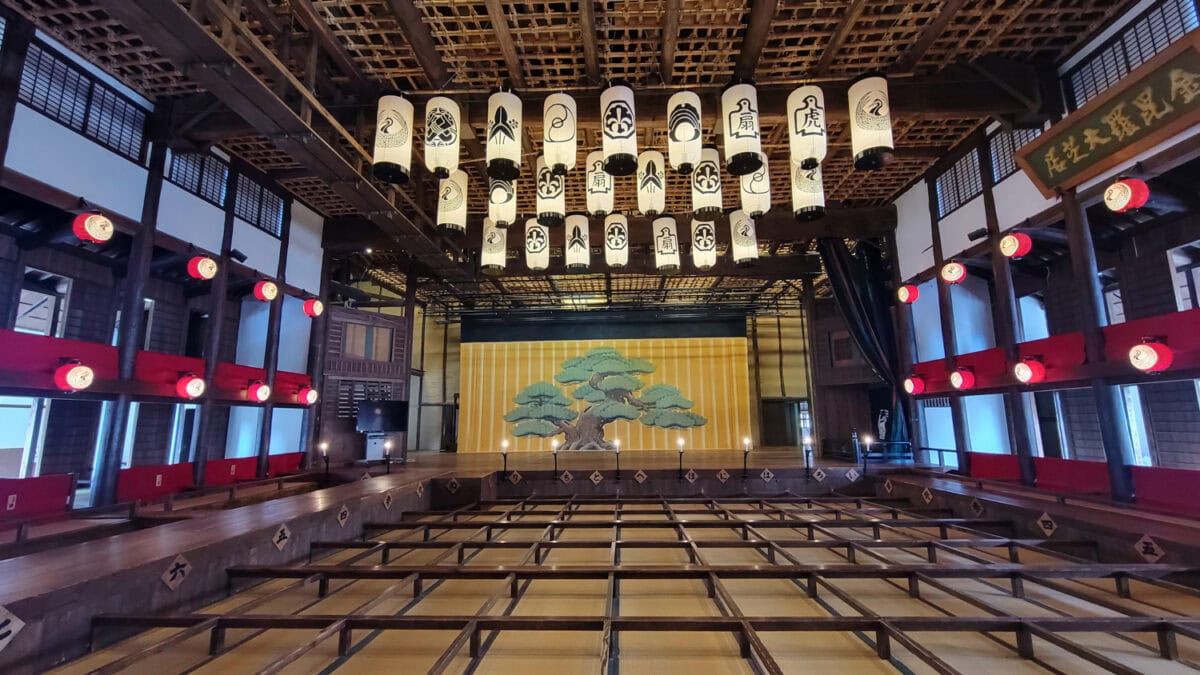

How to Visit the Best Sights of Shikoku Island
How will you manage to see all these amazing sights on Shikoku Island? Sure, you could spend hours researching, mapping out routes, and trying to decode the local bus schedules.
Or – and hear me out – you could just let the experts at Oku Japan handle the heavy lifting. They’re a local tour company, practically legendary in Japan, and they’ll plan everything while you sit back and enjoy the ride! Oku offers self-guided tours, small group tours, and even custom adventures. I went the custom route, and trust me, it included all the best stops – no stress required!
A self-guided itinerary that includes a bit more hiking but still visits many of these sites listed. Shikoku Self-guided 10 days
Either way – I also have a discount code you can use if you book with them!
Input the code OTTSWORLD5 in the notes and special requests field when you book on their website, and they will give you a 5% discount on any of their trips.
Whether you’re tackling the epic 88 Temple Pilgrimage or getting lost (hopefully not literally) in the stunning Iya Valley, Shikoku gives you a taste of Japan that feels untouched by time. With fewer tourists and more authentic vibes, this island is the ultimate hidden gem—so why not be one of the few in the know? It’s the Japan getaway you didn’t know you needed until now!
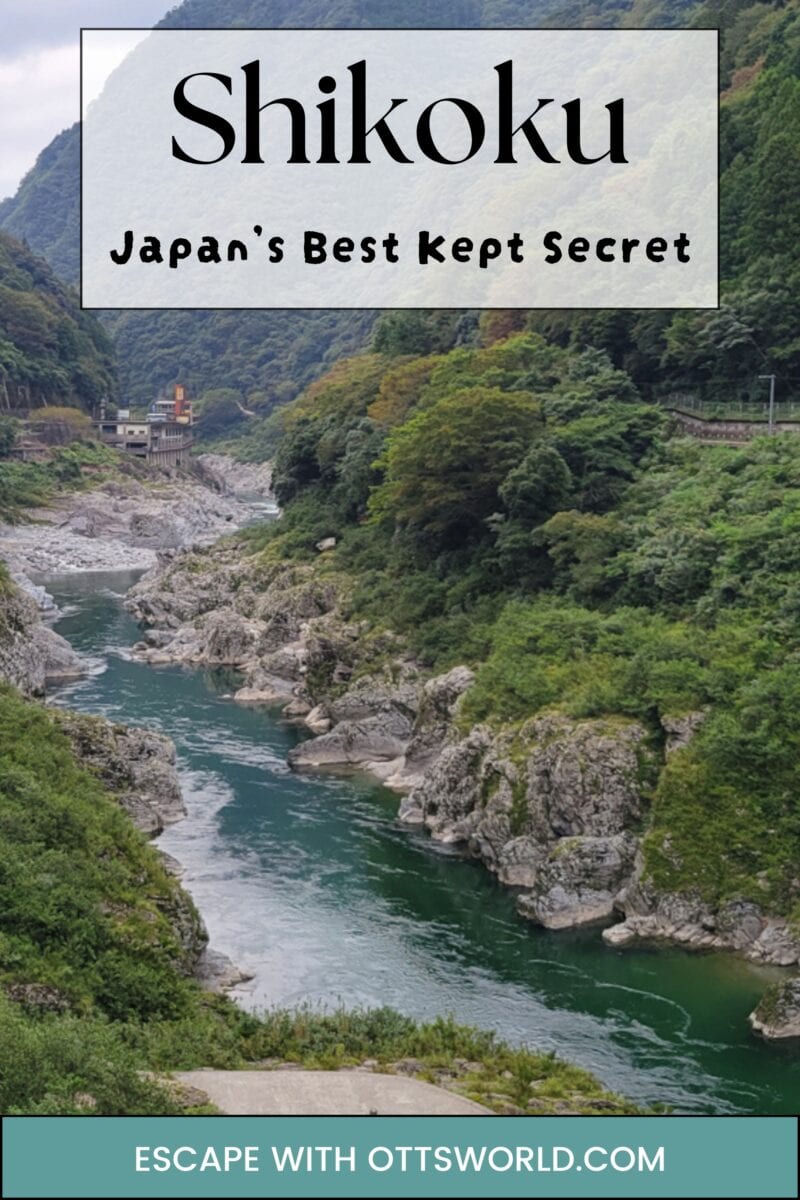

Related


